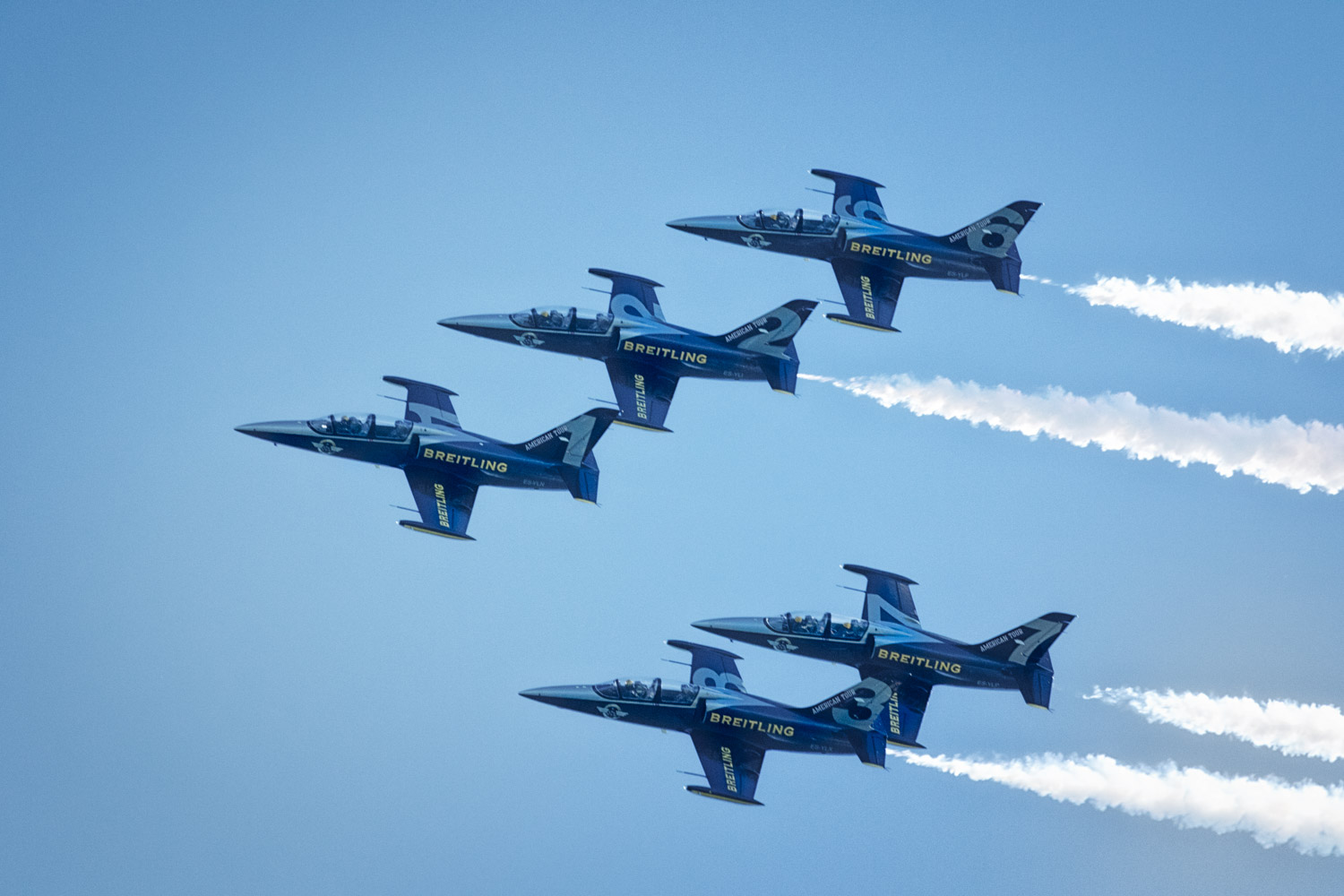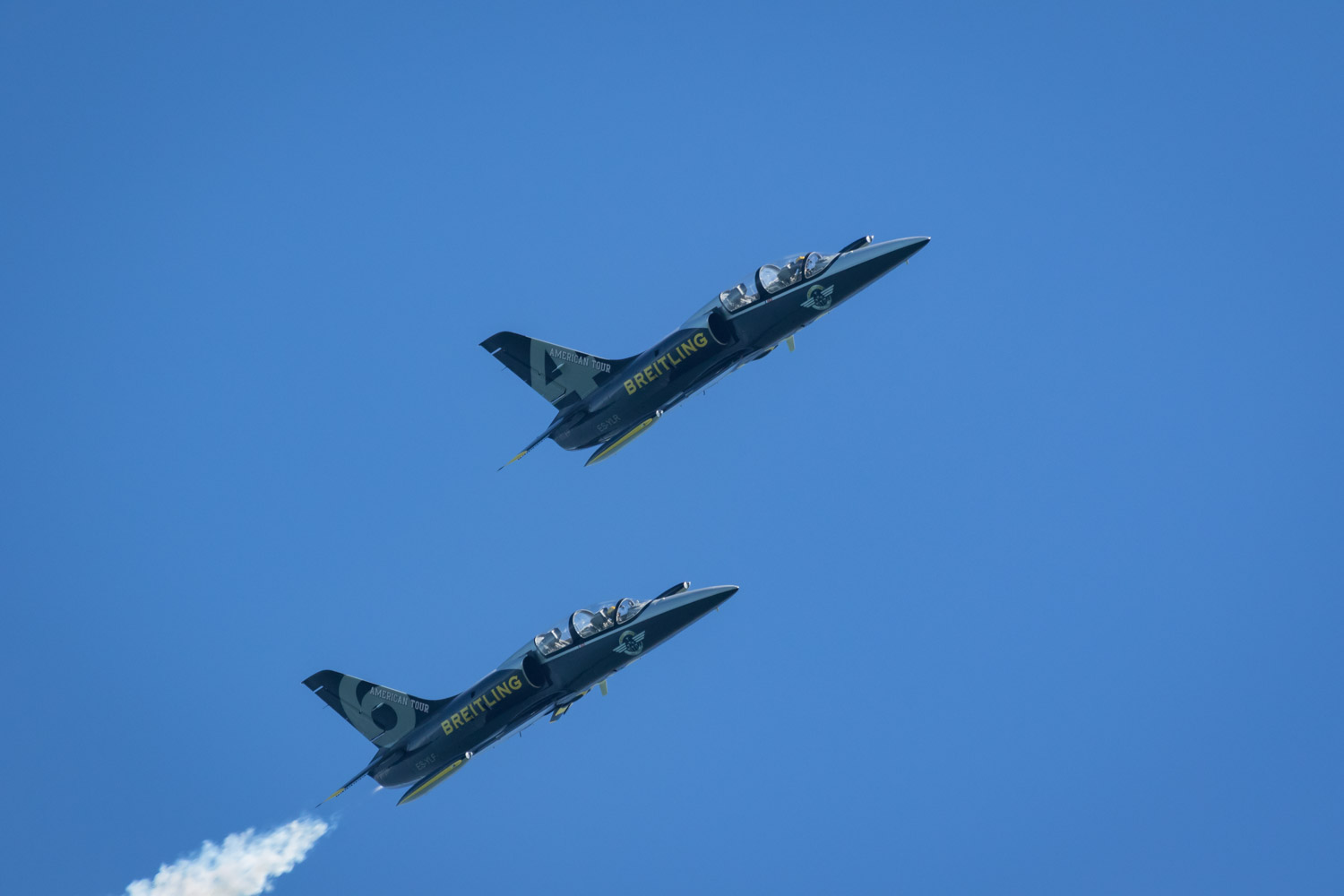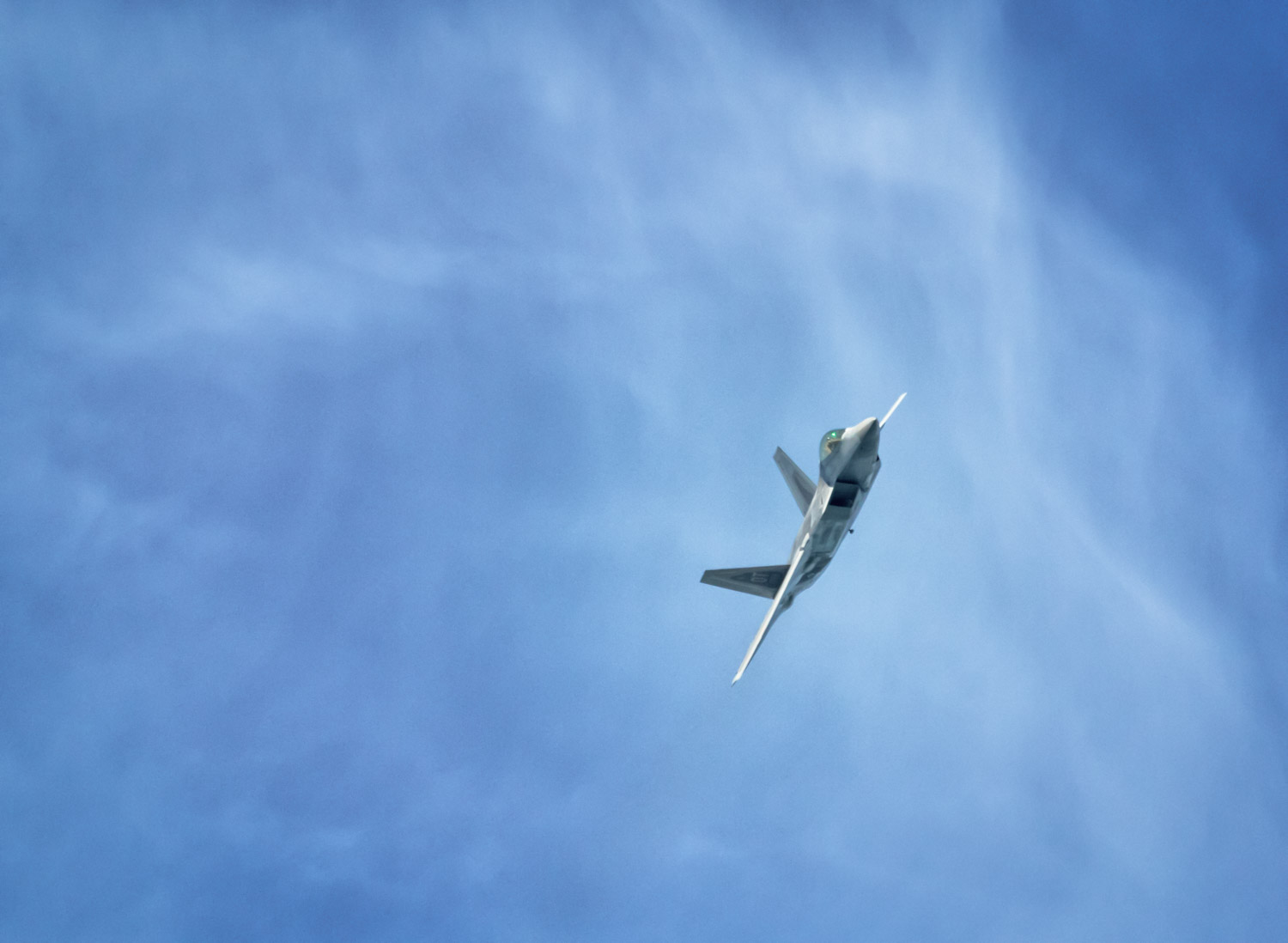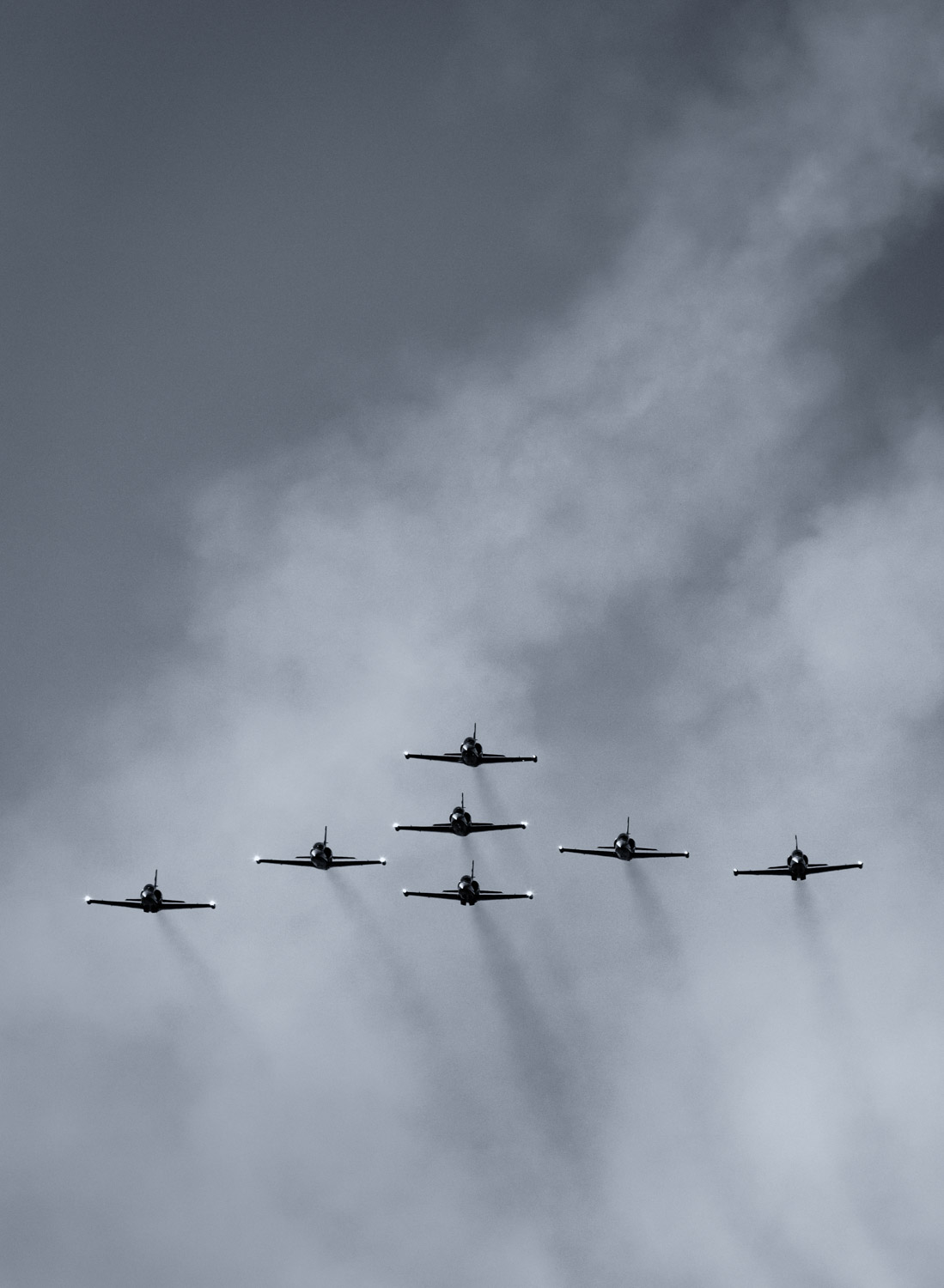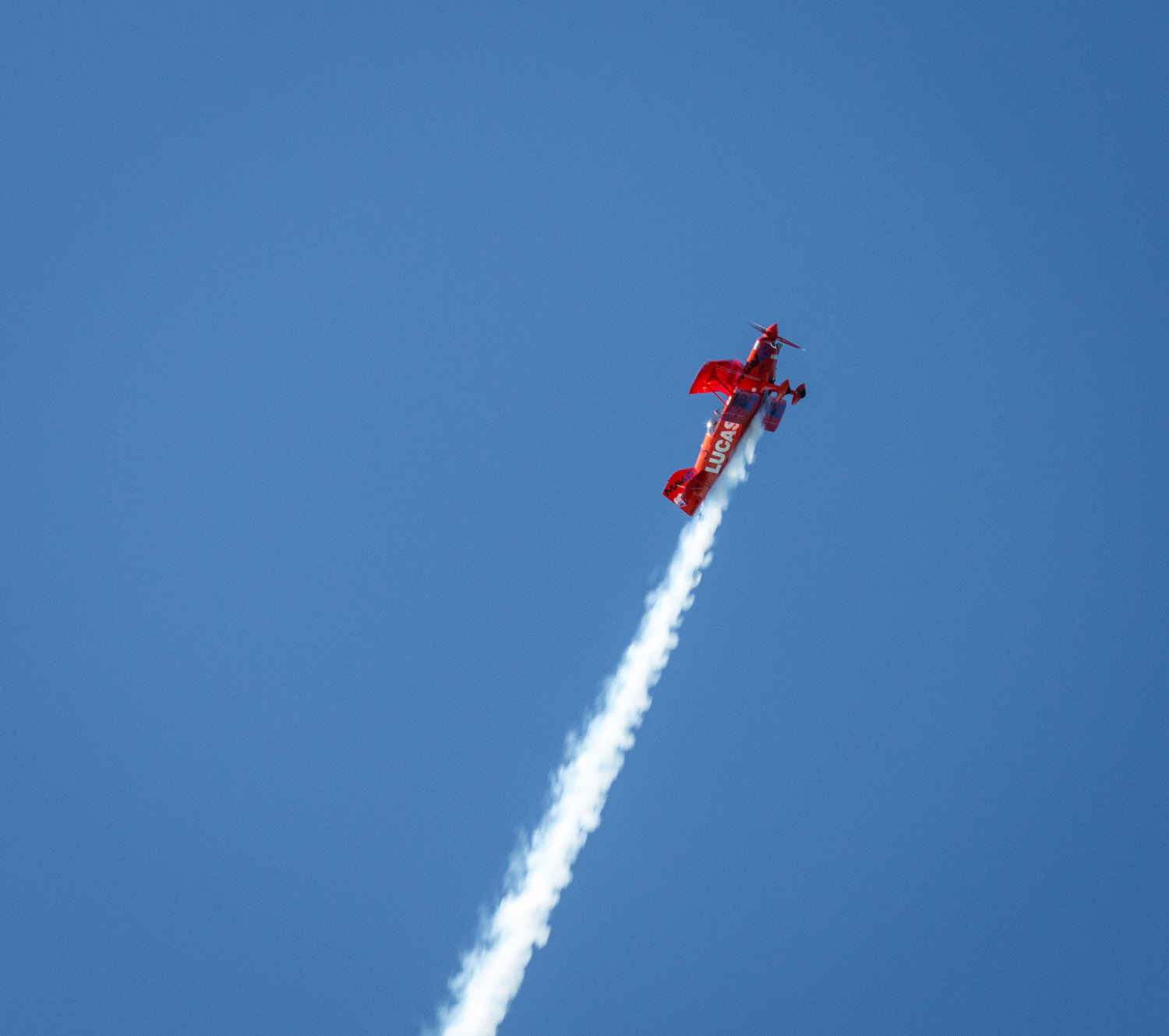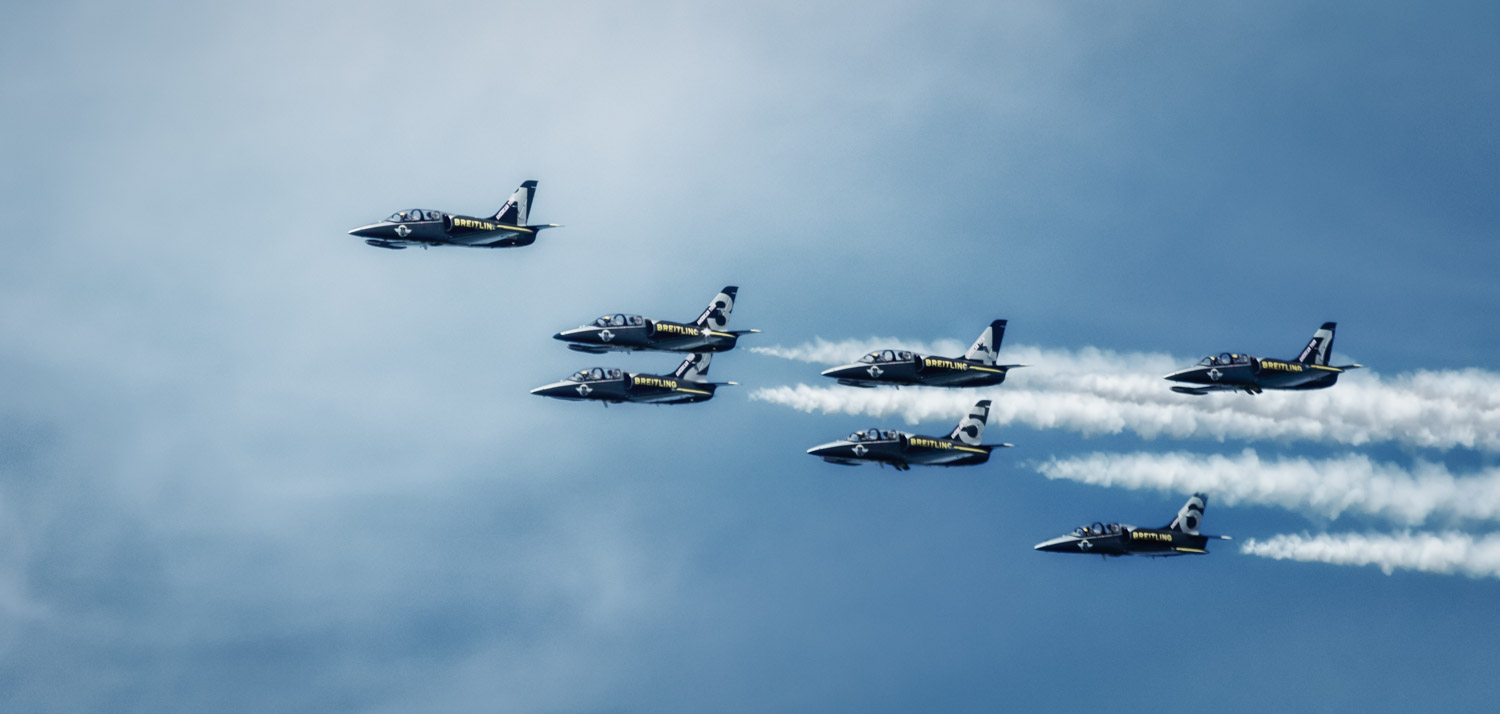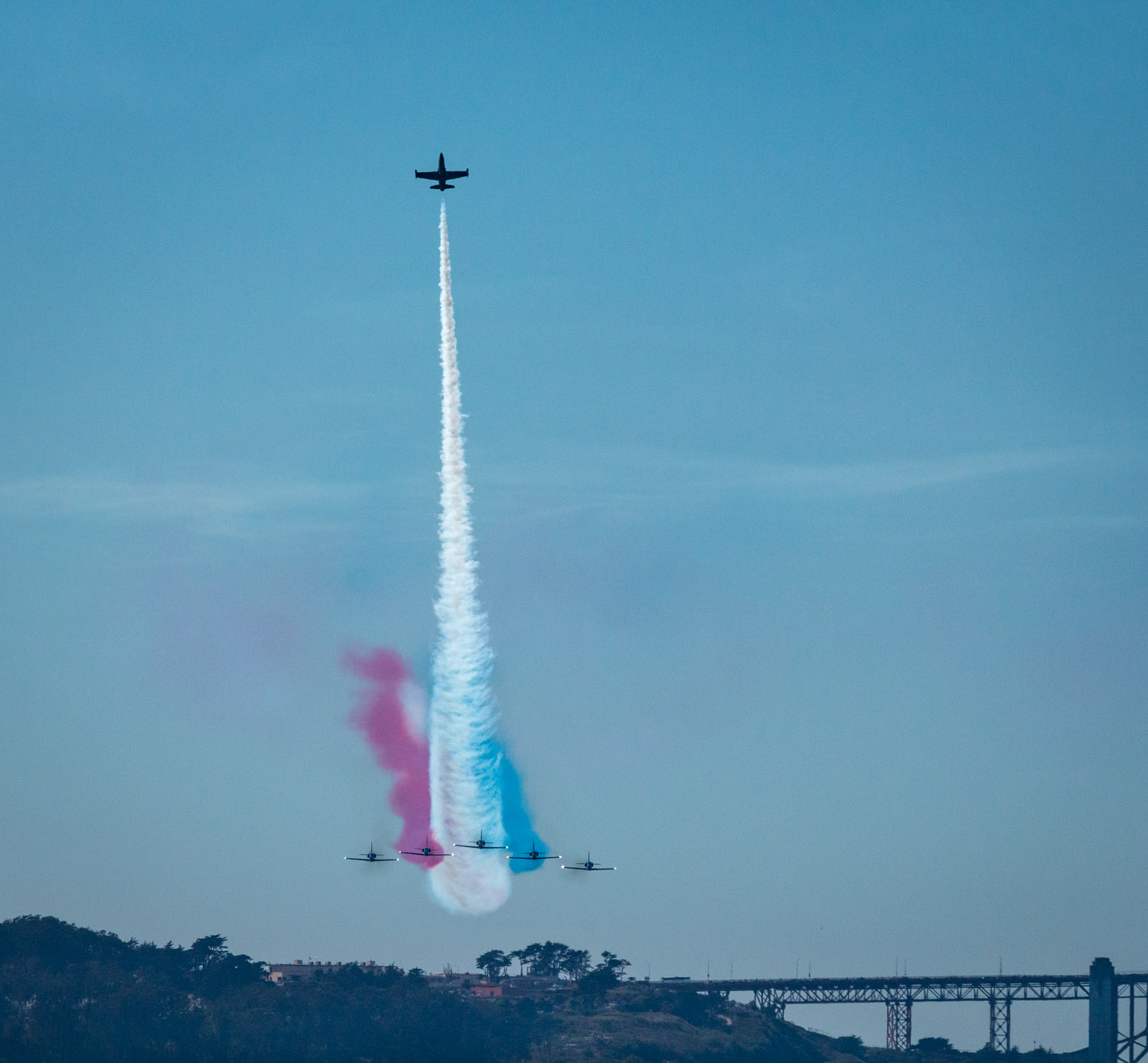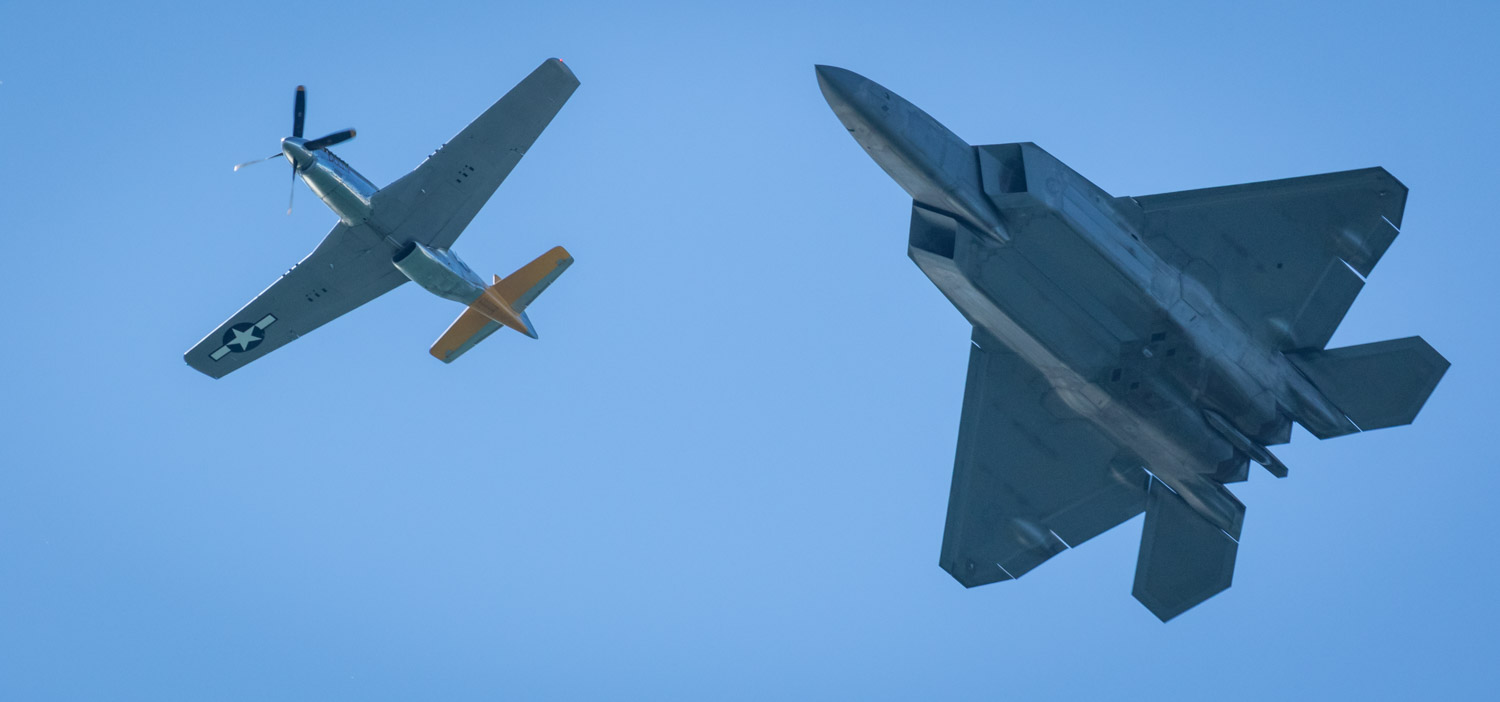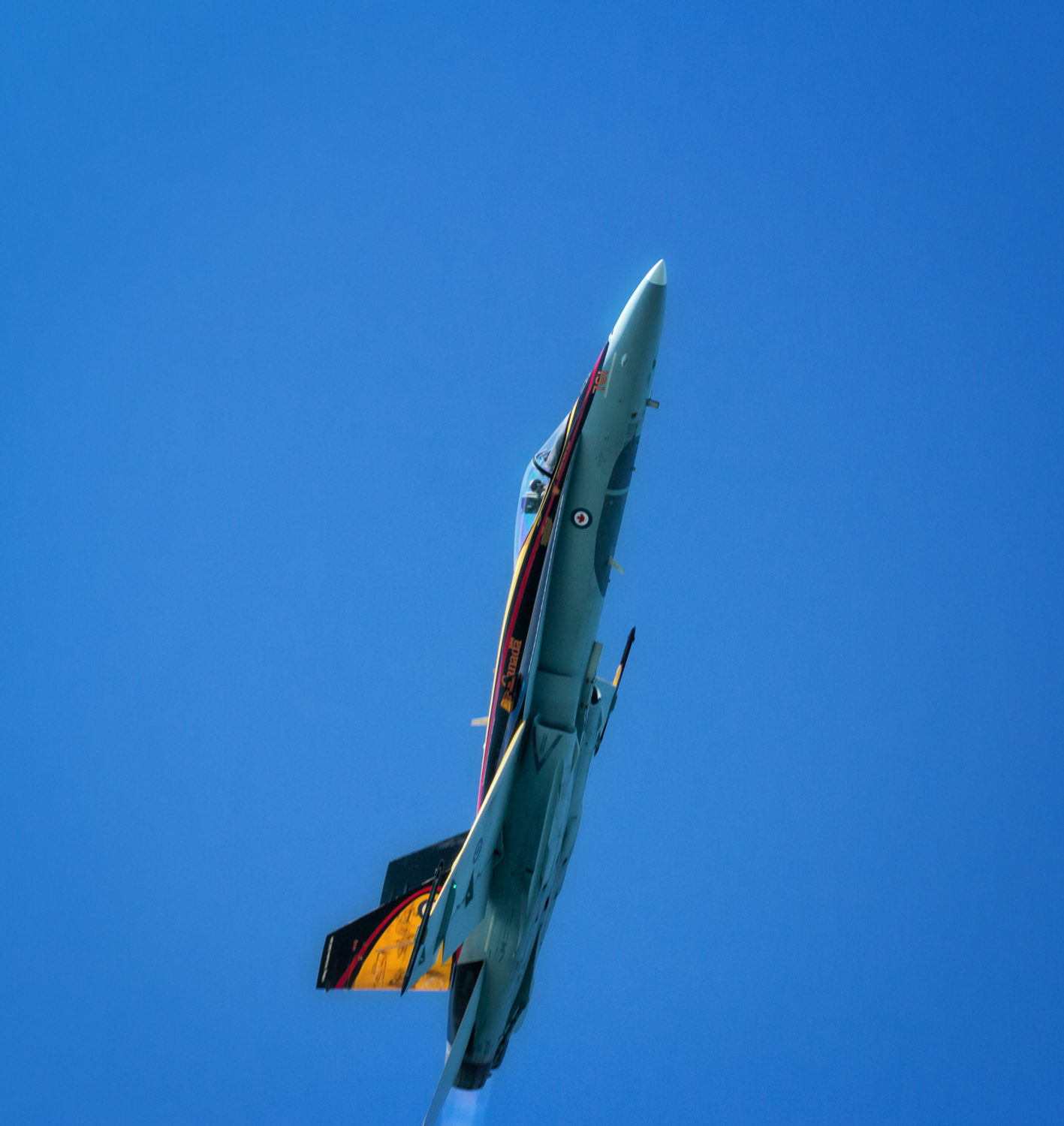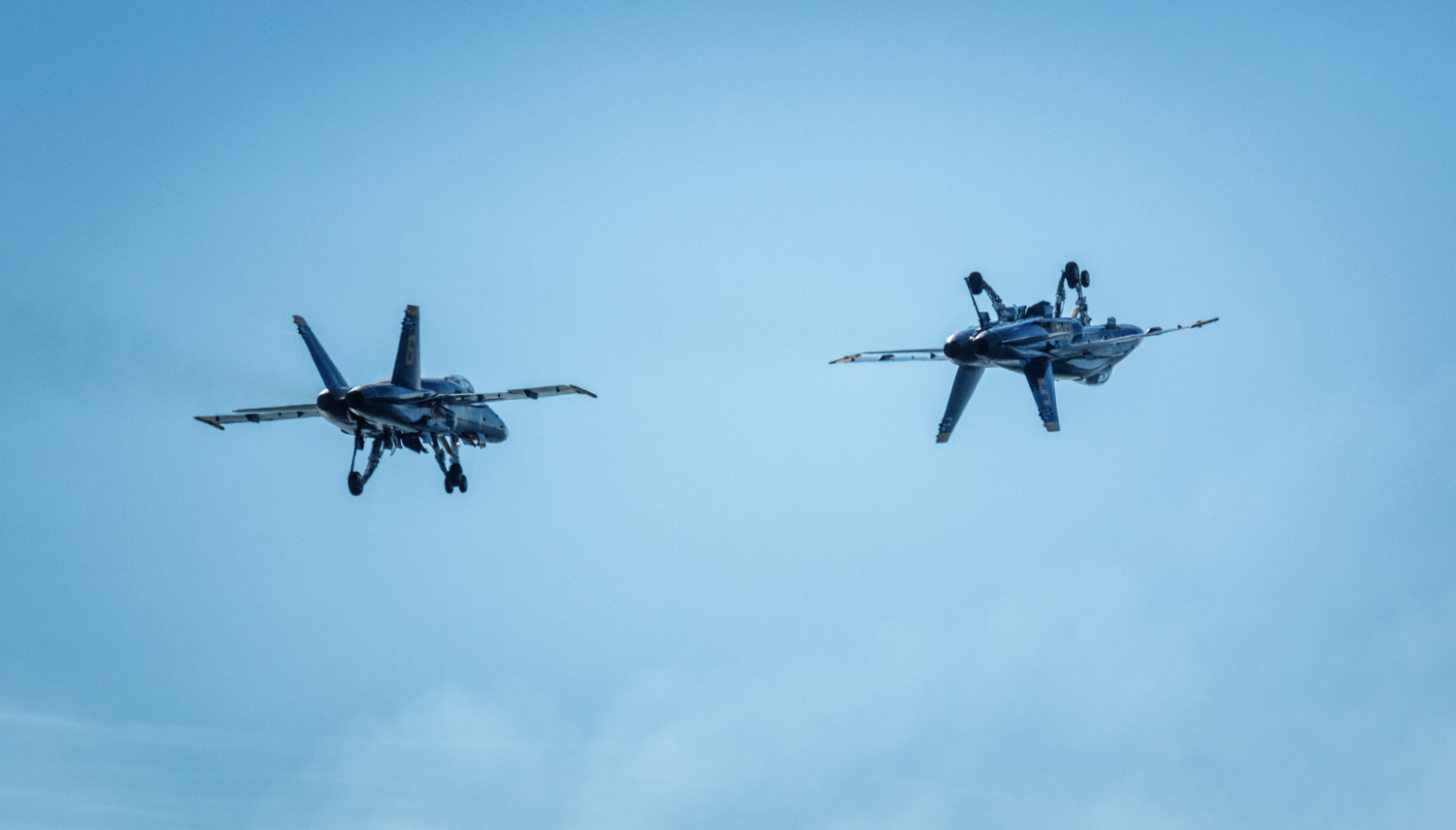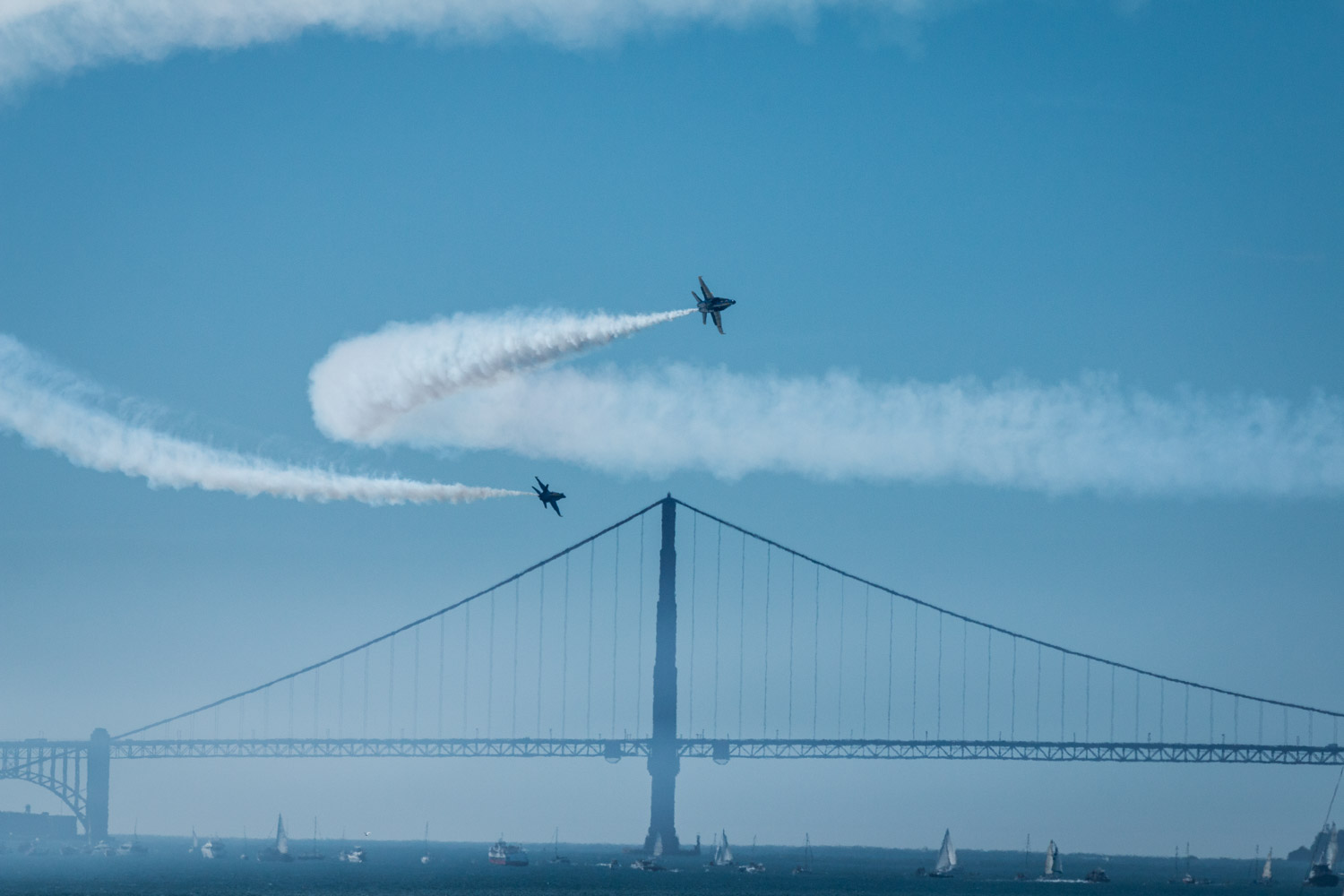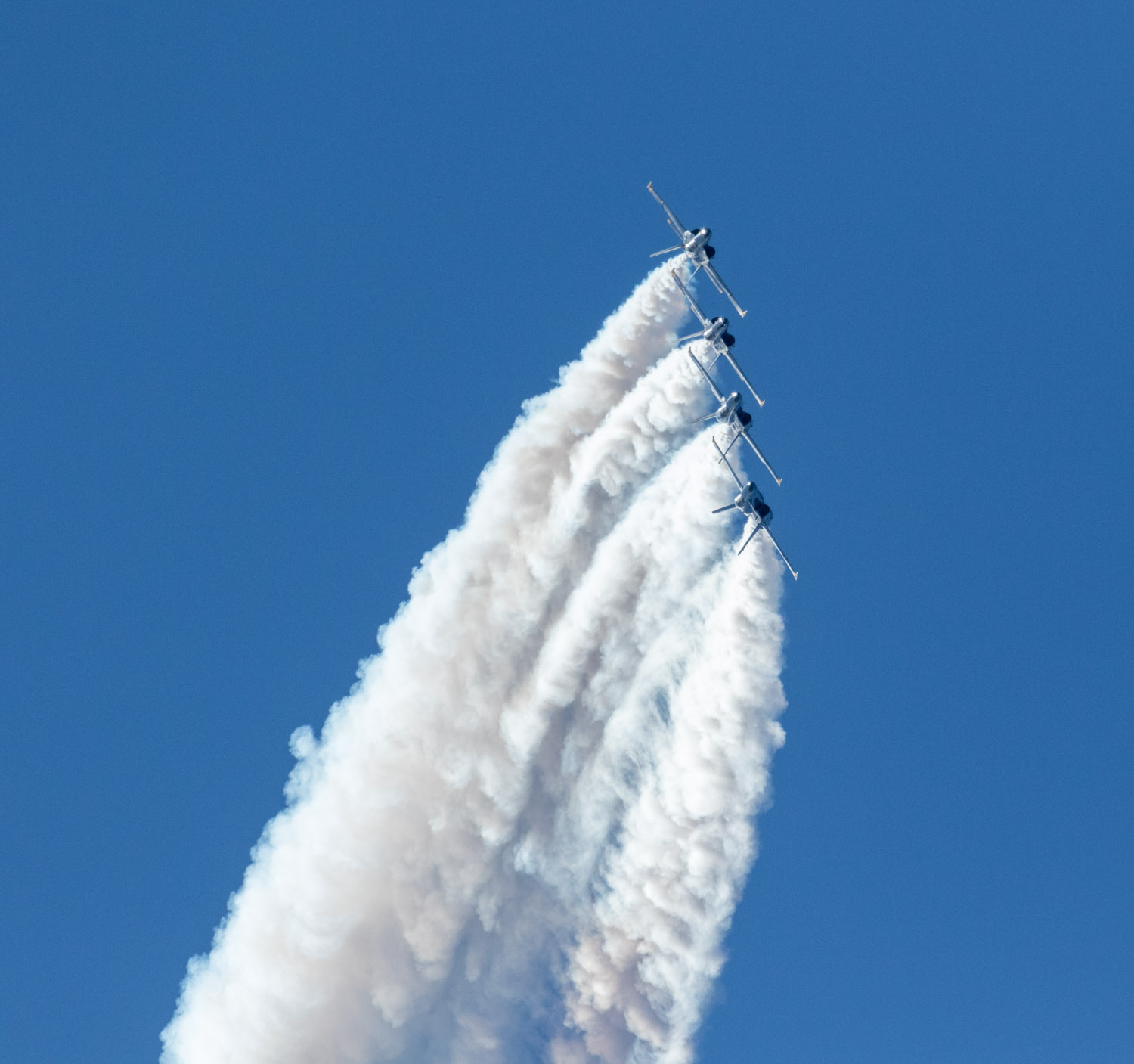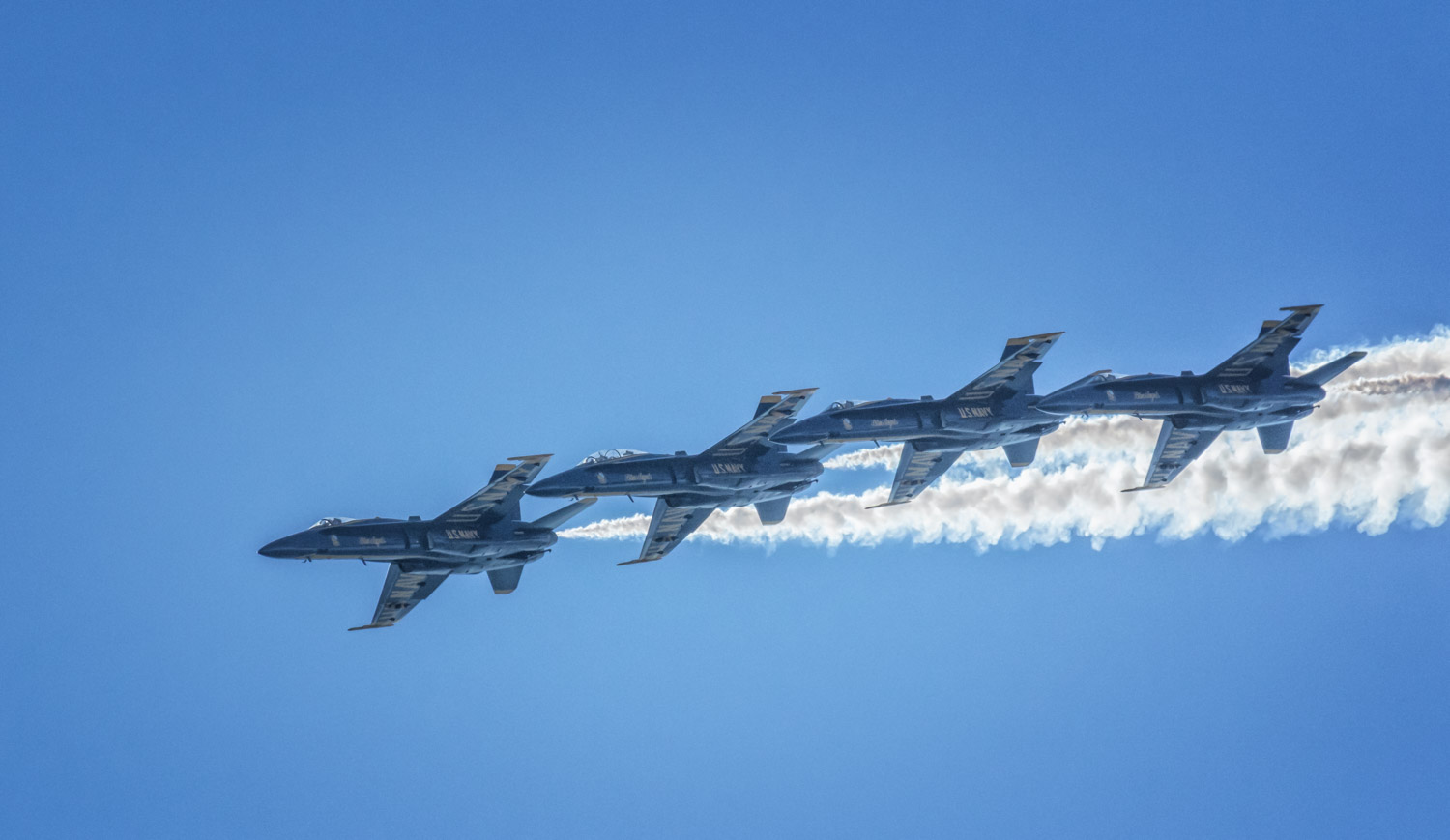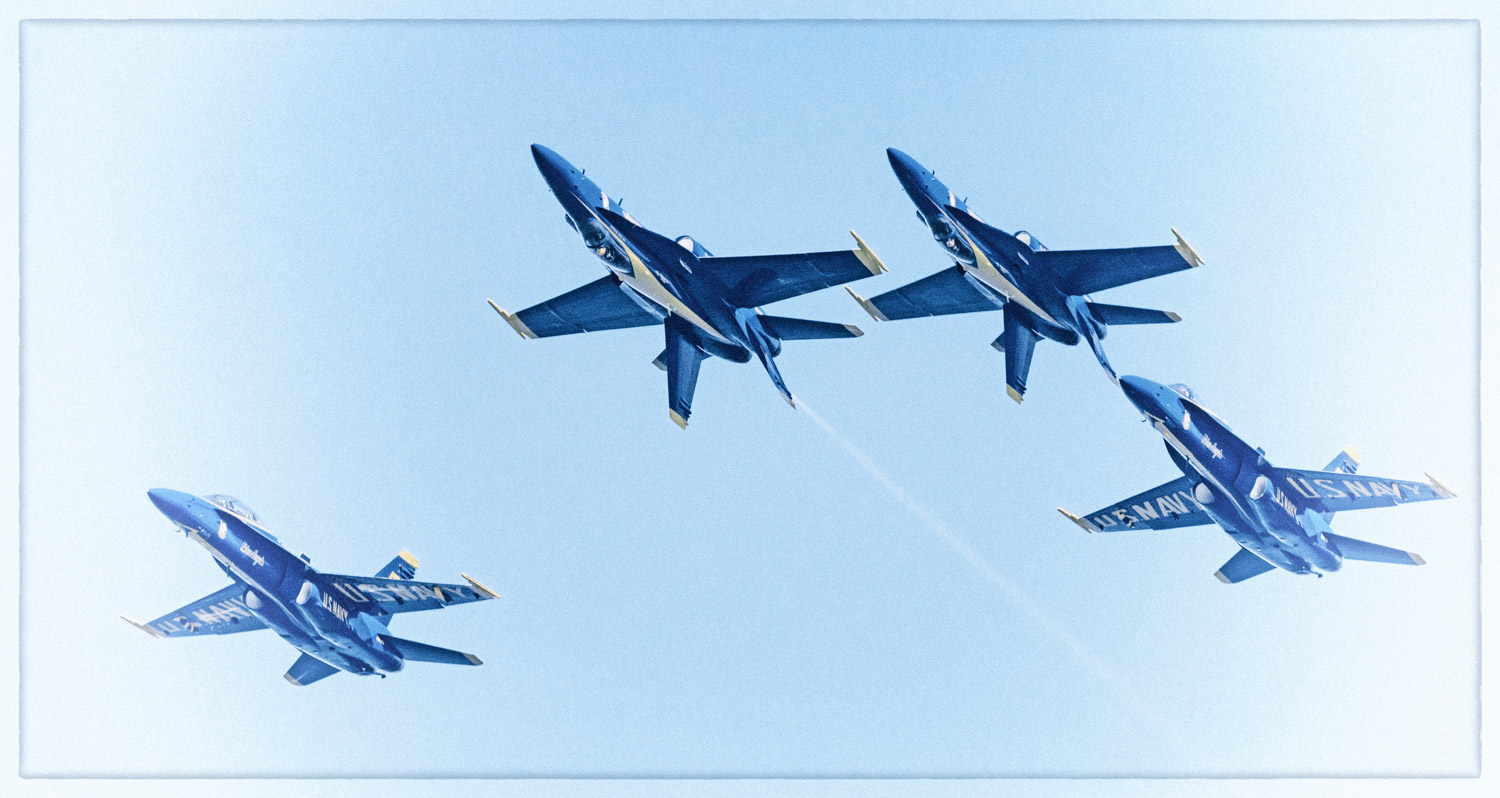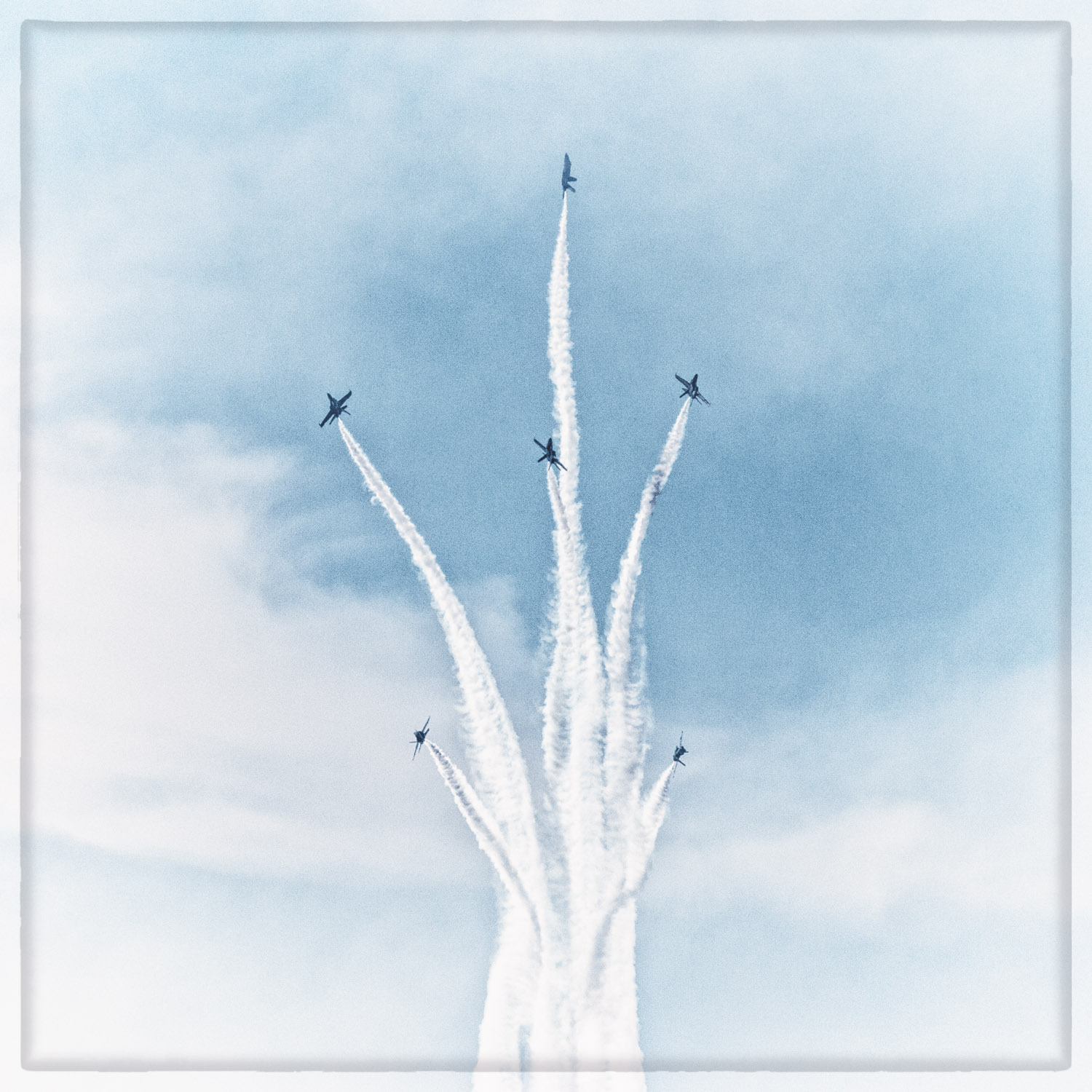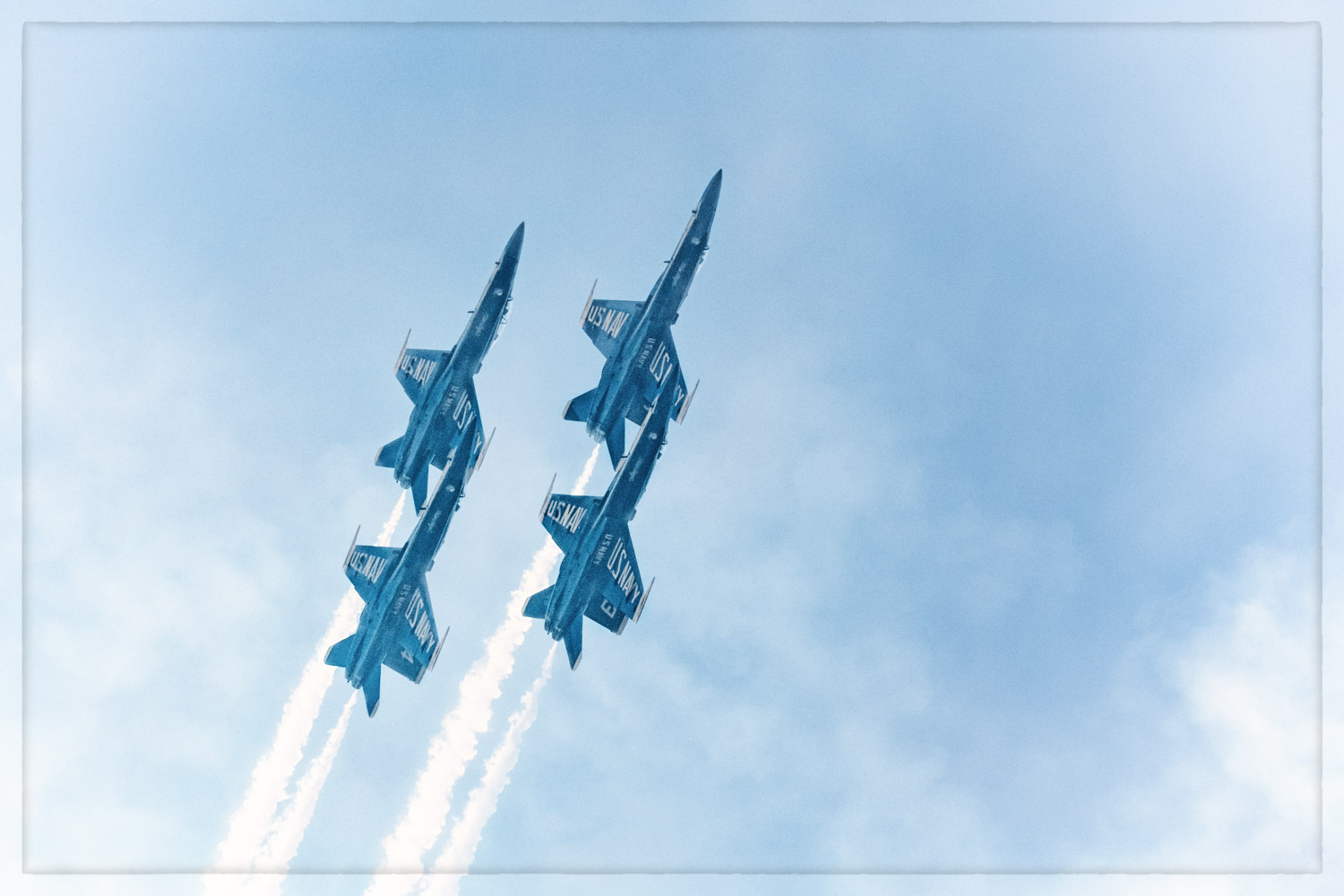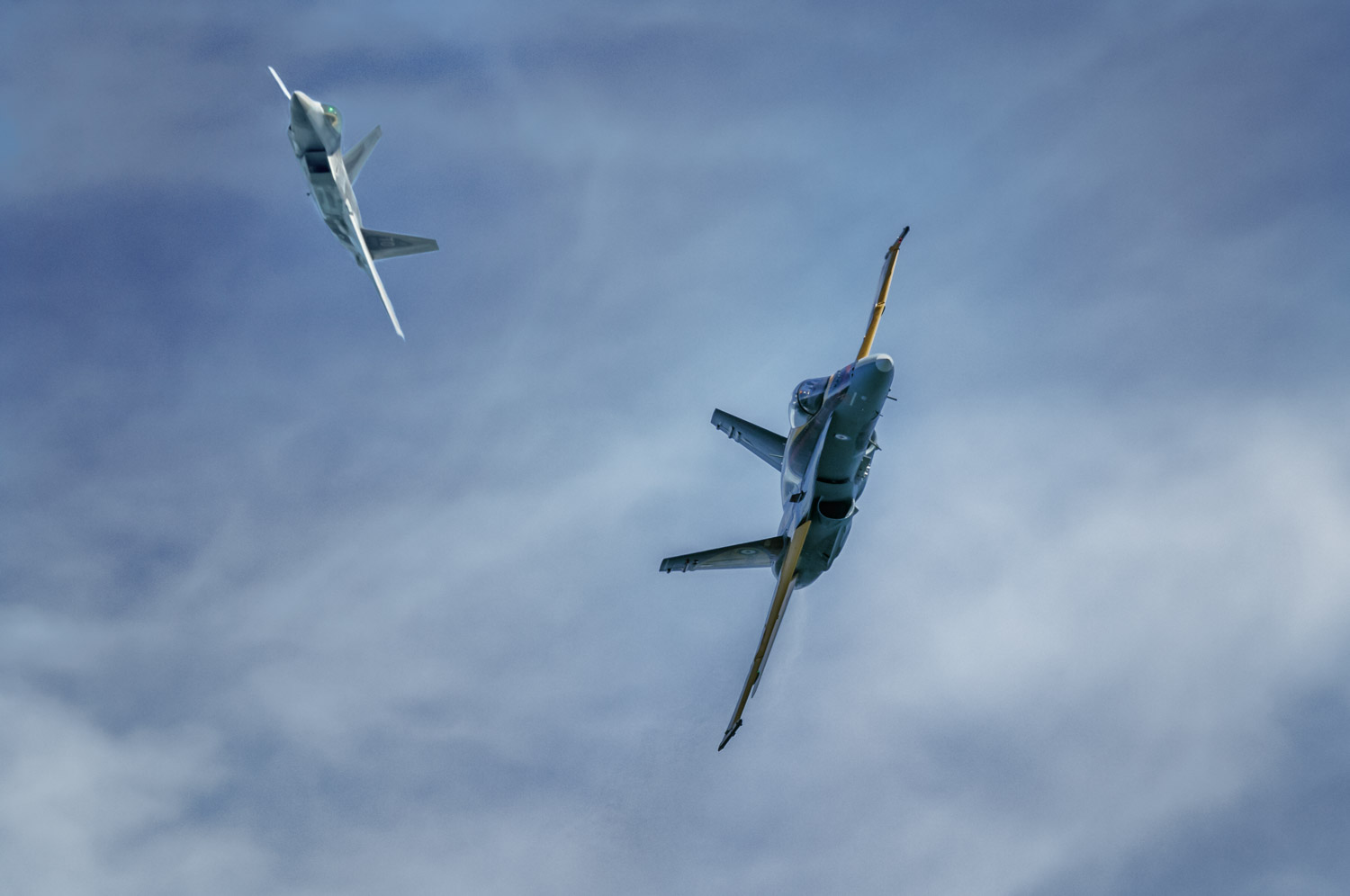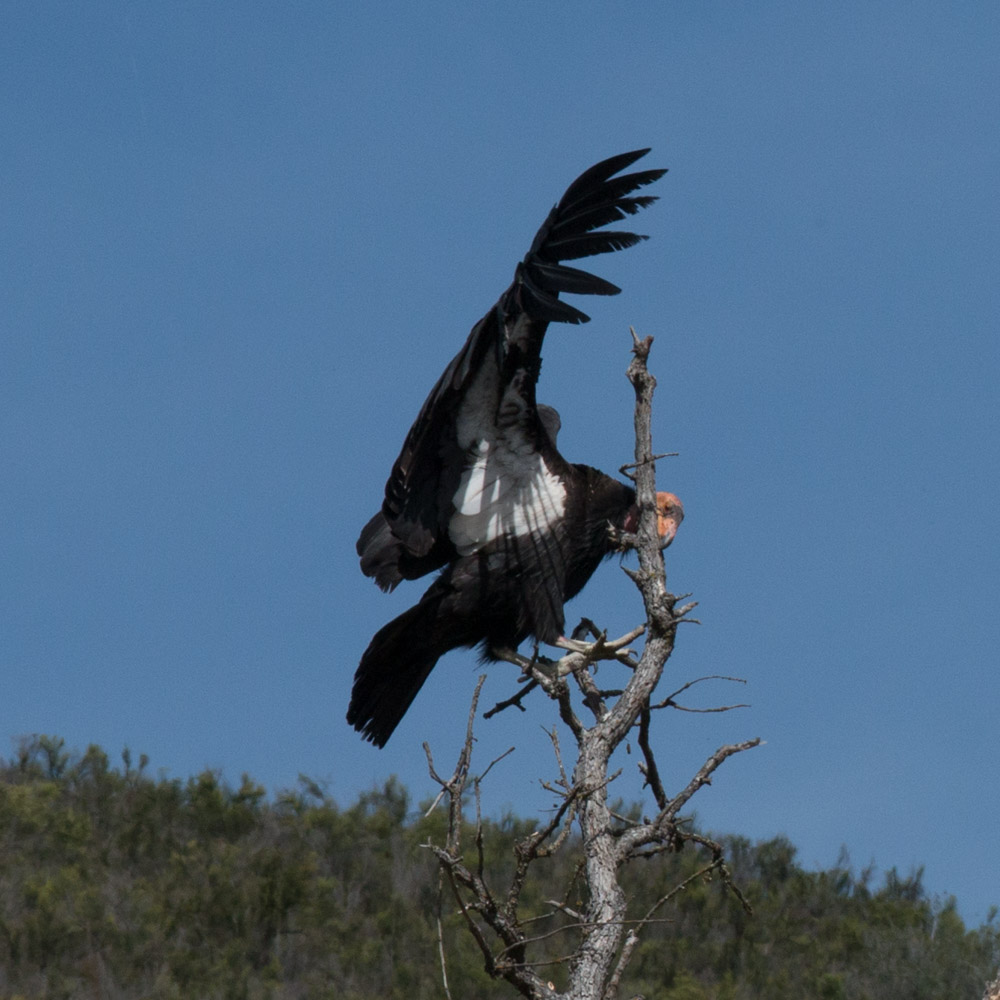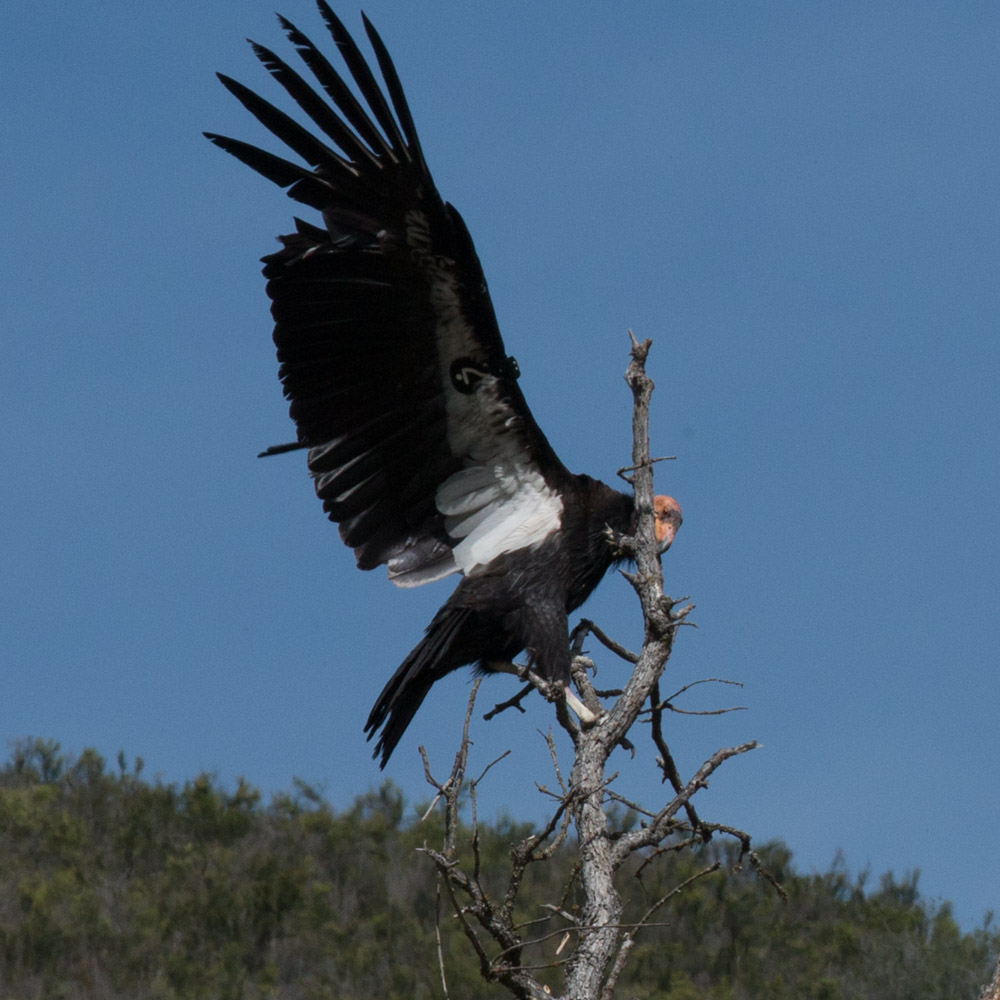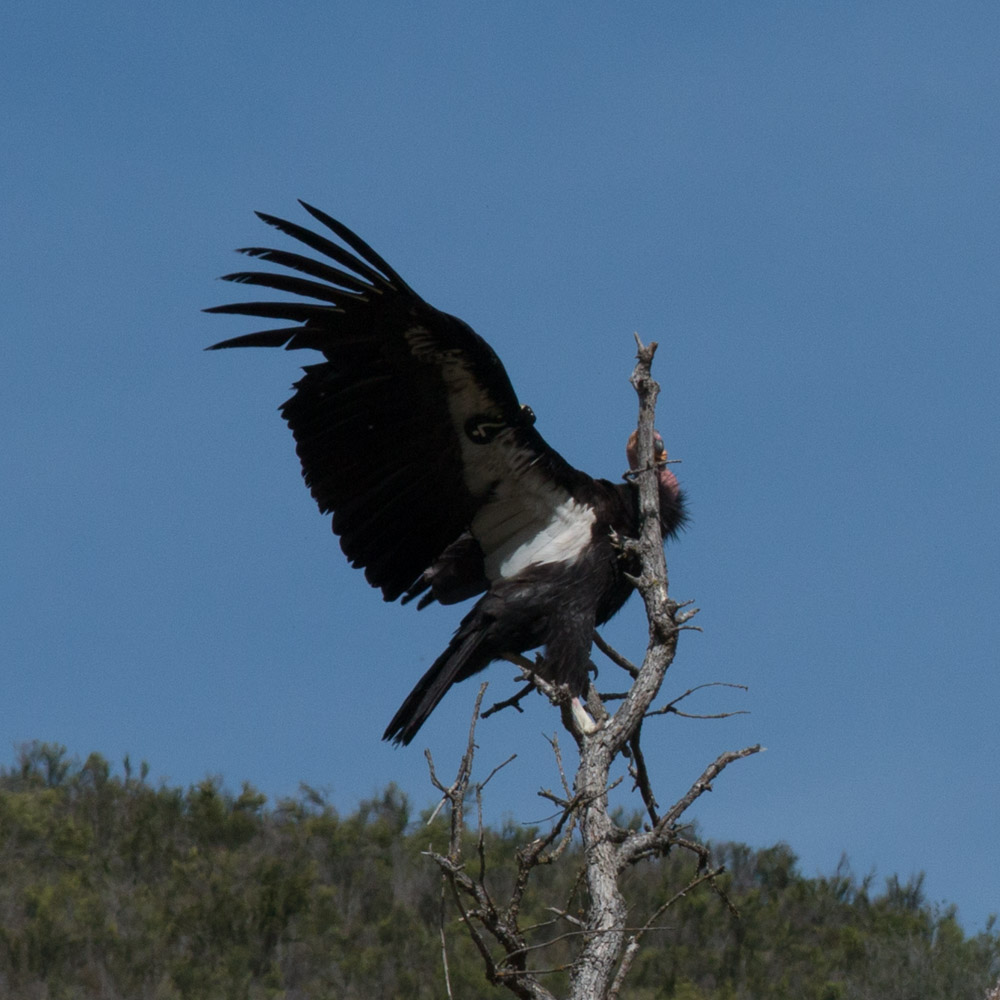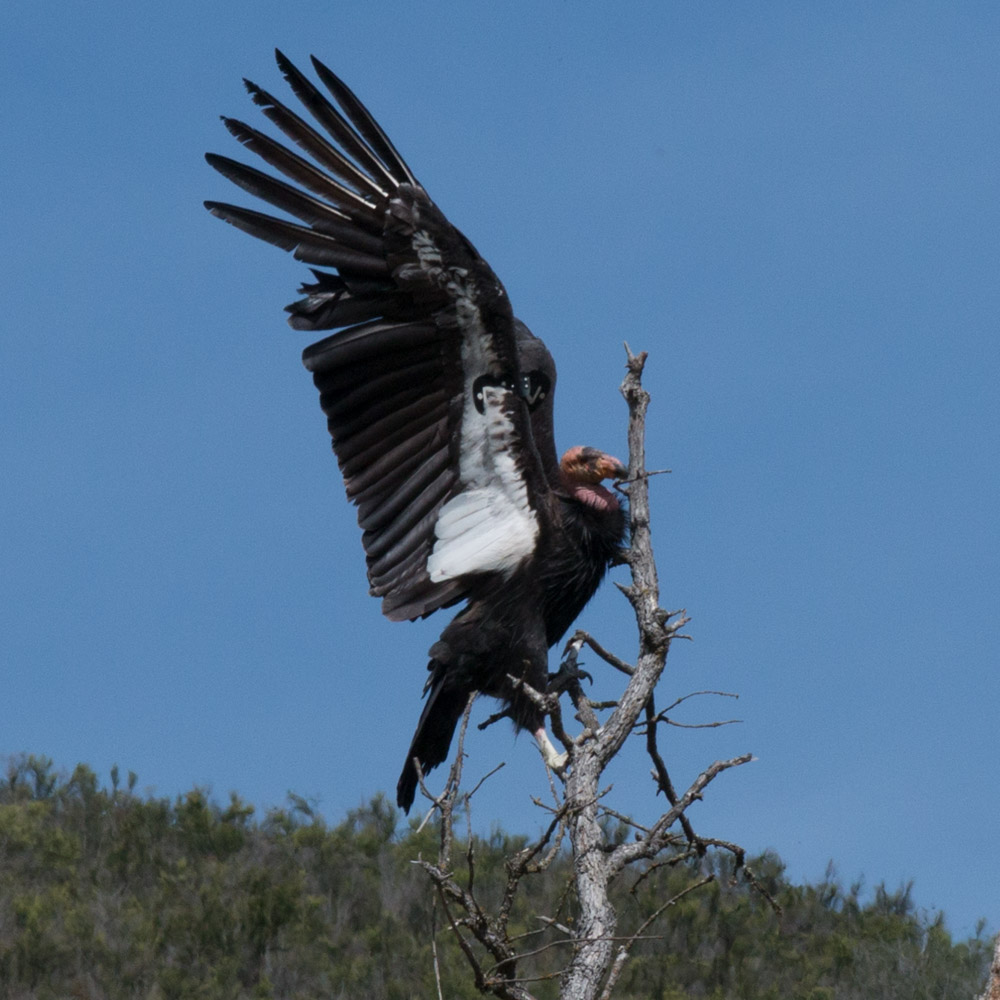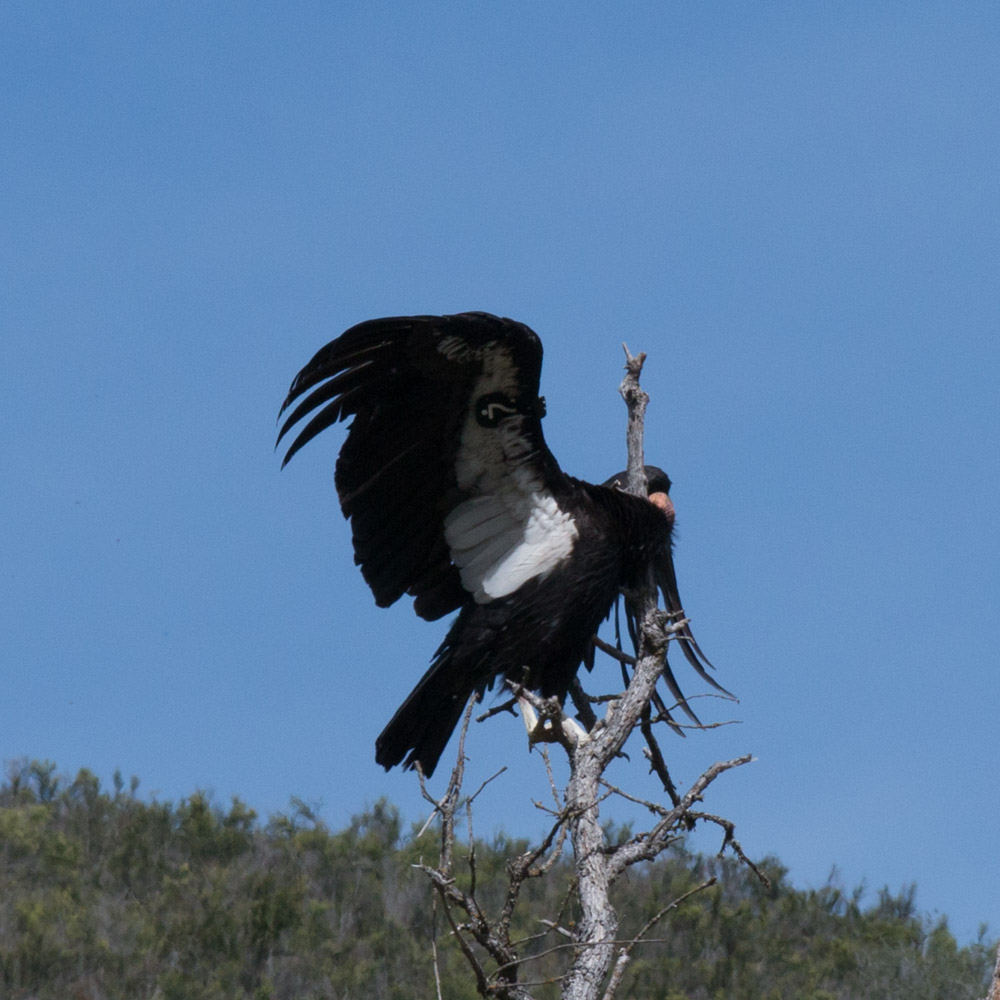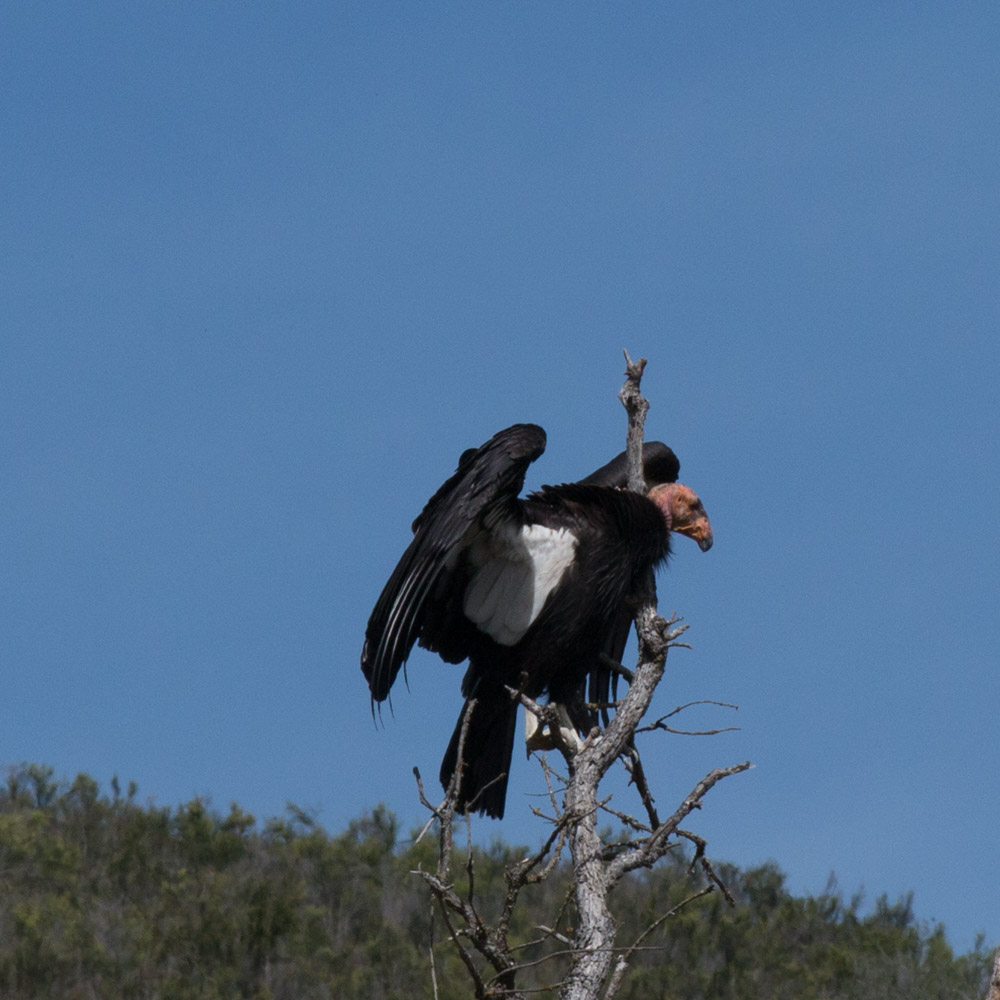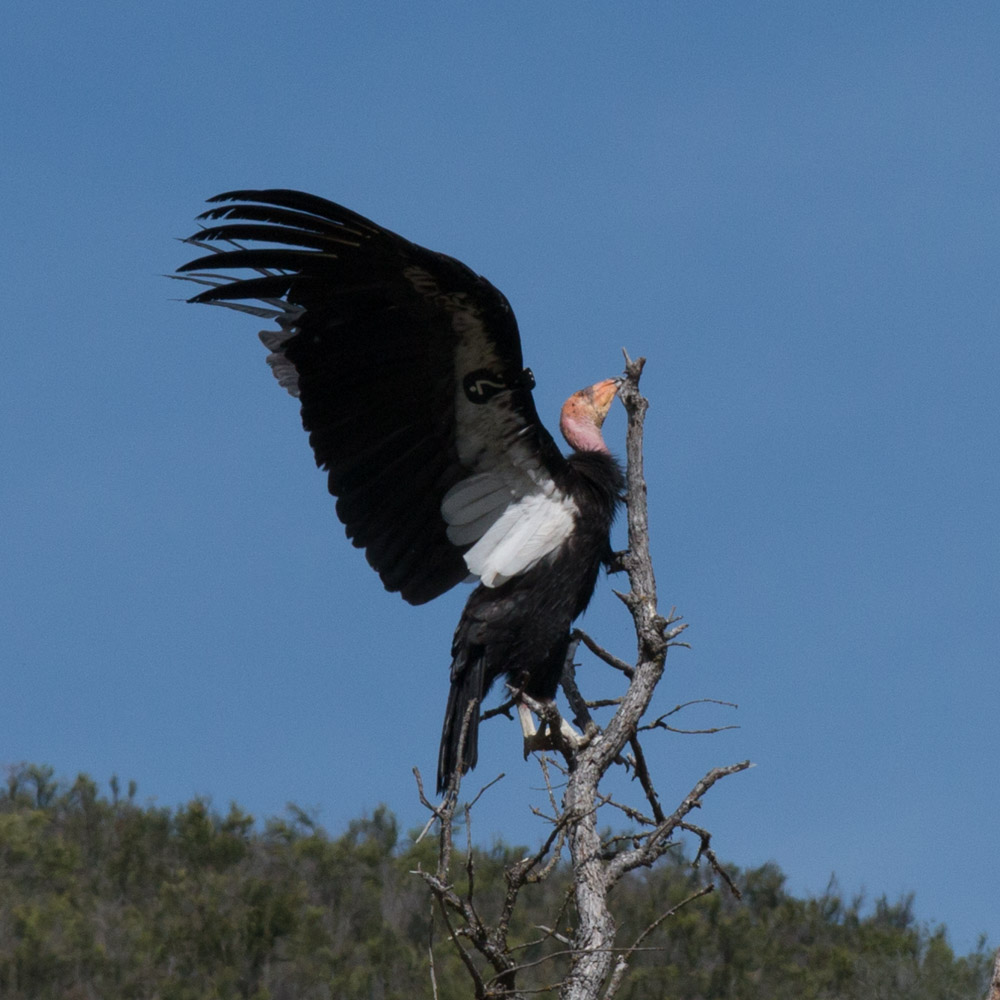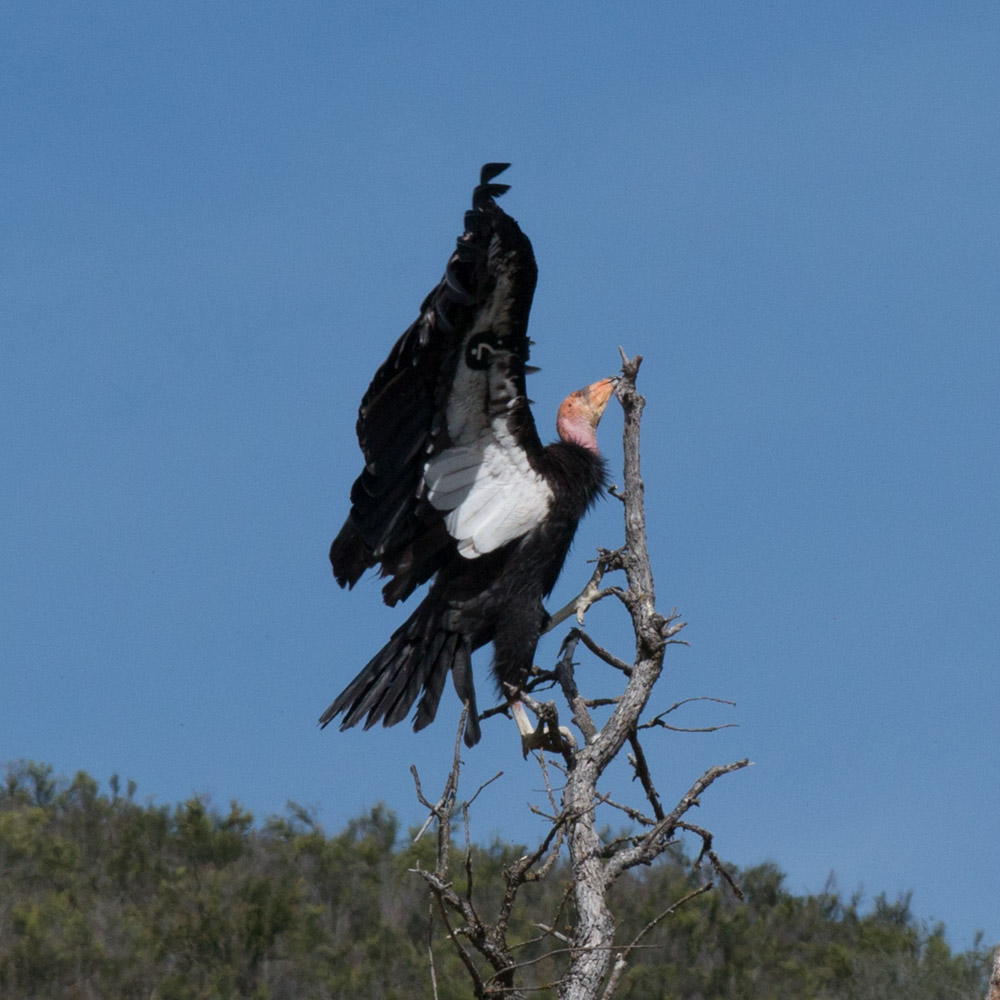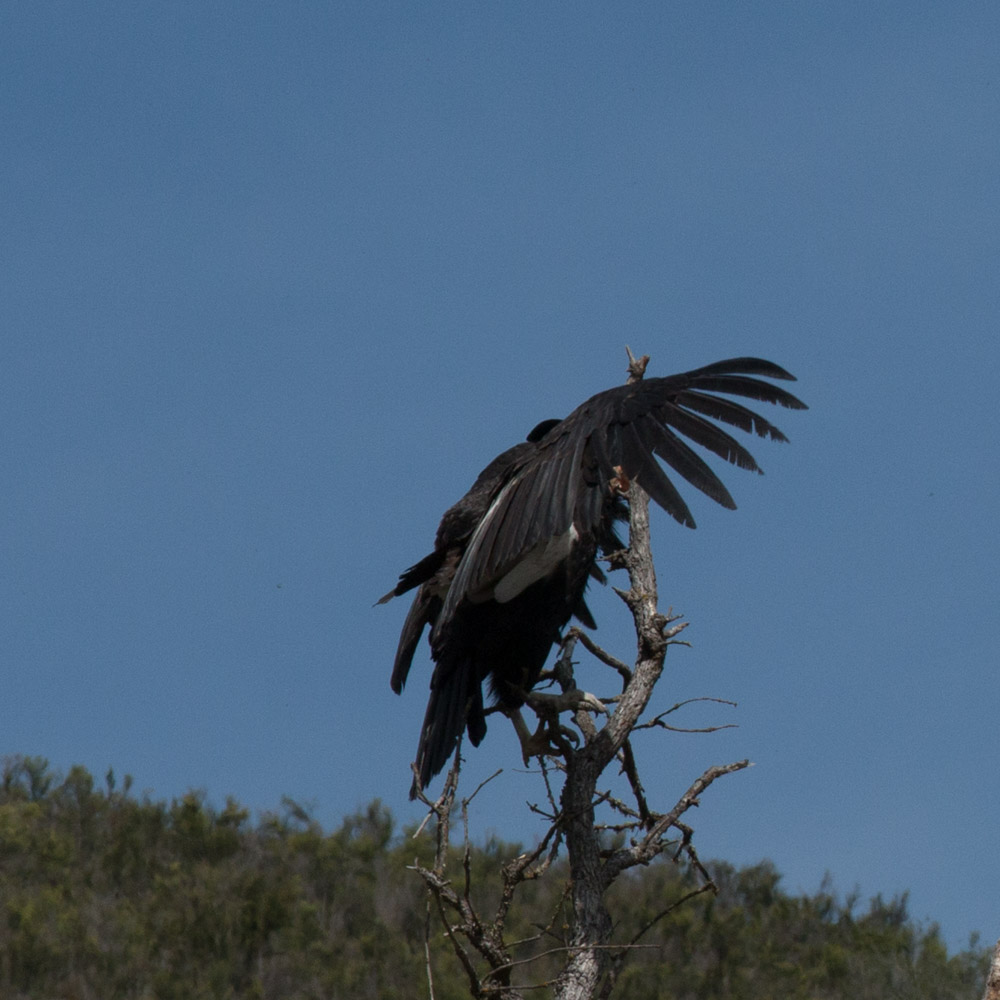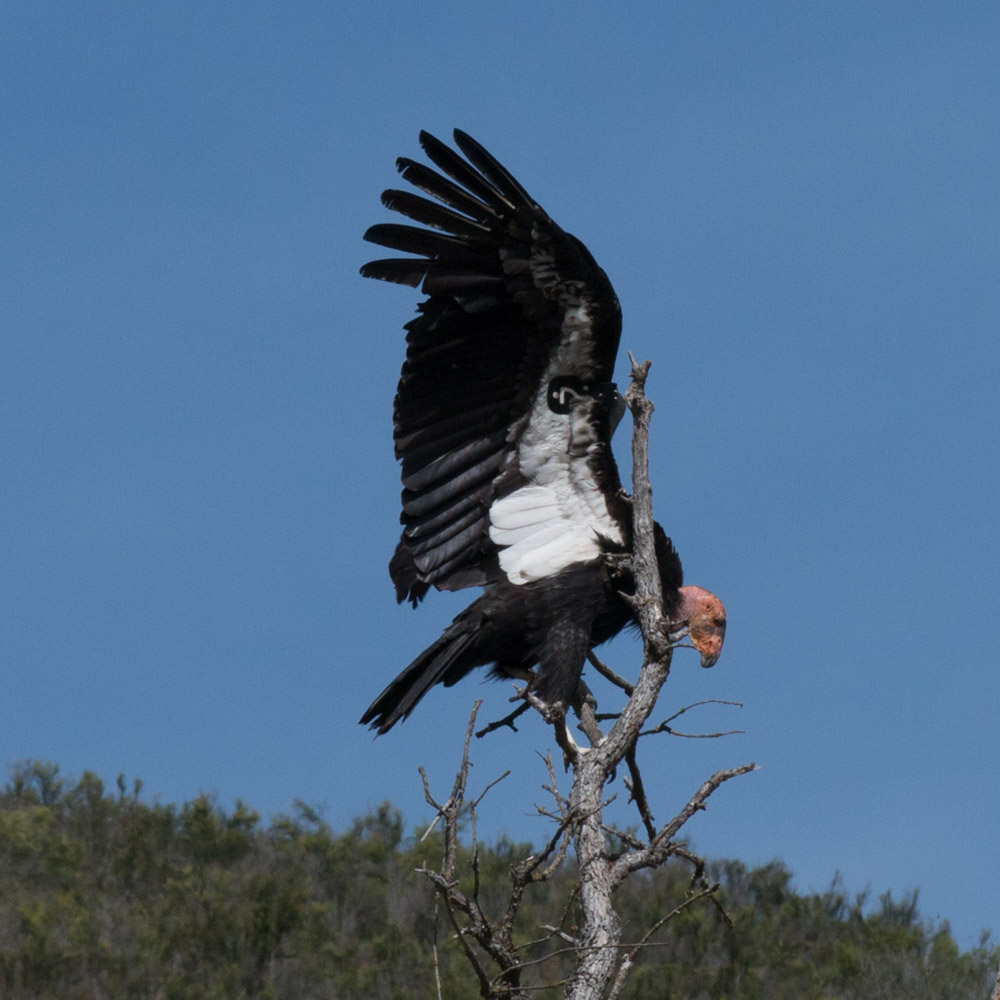Can we all just chill for two minutes? Breathe in. Breathe out. Two minutes. Maybe this will help.
Sometimes I am not sure where I want to go with our art. Should I stay literal and documentary; keep subjects super sharp and full of detail? Or should I take a more impressionistic approach: more painterly maybe with softer lines, muted colors maybe more dreamy? "Dreamy?" "Whaaat?" "Are you going all artsy-fartsy?" I hear a little voice somewhere in my head say. The same little voice that purrs over a well-crafted spreadsheet with cool graphs, built-in macros, statistical tests. The little voice that was fed most days at the old paying job.
But then the other little voice speaks up. "Hey, its me. The starving Biafran in the other part of your brain. Come on dude, it's ART."
"Boyd, you are doing photography. Come on. This is the craft of Ansel. You aren't Monet or Kratter. What are you thinking?" "Remember how much you liked that super sharp, detailed image of the canyons outside Moab?" the bigger voice says. As the memory of that frame bounces around my skull this voice gathers strength and momentum.
Clearing Storm over the Colorado River outside Moab, Utah.
But the second, more gentle voice isn't finished. "Remember the smell of the beach? The feel of sand underfoot? You love that." The little voice has a point. "And the mist and fog and the muted sound and the way the waves mesmerize" he continues. I think he has a point. Mr. Detail retreats. But I know he will be back. And the third part, the referee part, will have to wrestle with the conundrum and have to make a choice between voices again.
All the images in this story are lightboxed, click on them and they will expand to a larger size. This effect is really nice on a larger monitor. Most images also have a title that is viewable when the cursor hovers over the image.
This is the first of what we hope are several stories that have their origin on the Northern California and southern Oregon coast.
When someone says the word dock what comes to mind? The tray at the bottom of your computer screen? The place where the accused stands in an English courtroom? Or maybe the verb used to indicate securing a vessel. In this case we refer to the place where boats tie up, deliver their catch, and prepare for the next trip. Along the southern Oregon coast there are two species that most of us think of when it comes to seafood from this coast: salmon and dungeness crab. So guess what we saw when we were at the dock.
Air show, ships, and a beautiful San Francisco Fall day.
The Breitling Jet Team turns on Alcatraz Island during Fleet Week San Francisco 2016
A friend told us months ago about a special way to see an airshow. "From the deck of the WWII Liberty ship USS Jeremiah O'Brien out in San Francisco bay, you'll have a great view" she said. Of course we would have to book in advance, gamble on the weather, and take whatever angles were presented to us. But cameras in hand we arrived on a beautiful, clear and warm fall morning. Soon we were on deck and the ship departed for a leisurely cruise under the Golden Gate Bridge.
The tug Taurus sheperds the USS Jeremiah O'Brien under the Golden Gate Bridge.
After watching the Bridge and the ships and sailboats, we toured the ship including the engine room. This was an up close view of pumping connecting rods, turning shafts, steam heat, and a symphony of mechanical sounds. I only wish I had brought a flash and had more time. It was a fascinating place.
Meanwhile after the tour the ship steadied upon the location we would maintain until after the air show was complete. And cameras in hand we enjoyed several hours of humans doing things even birds only dream of.
Because we were at the east end of the flight line, the jets would often pass very close to where we were. Very close. As in count the access panels on the bottom of the aircraft close.
And then there were the Blue Angels. Six F/A-18s bringing the sound of power to the bay with their close precision, high speed acrobatics.
And of course we had to try and capture the feeling of the day in our artwork:
It was a great day to be on the Bay
We were out this week (last week of July 2016) in and around the Ruby Mountains of Nevada. It was warm, no, it was hot. Can't sleep hot. We tried to get some pictures of the Milky Way over the marshes of Ruby Lake National Wildlife Refuge but the weather wasn't cooperating. Clouds and haze were were making it hard to see the Milky Way. Suddenly, a very bright light appeared in the west moving toward the east along the southern horizon. It looked like very bright airplane landing lights, but there was no sound. Then an exhaust plume began to form behind the light. Within a minute the light became a long trail and started to break-up into smaller pieces. But still the light was bright enough to light the clouds and throw shadows on the ground. Eventually the light disappeared over the southeastern horizon.
Fortunately, the cameras were on the tripods, the remote cable releases in our hands and we were able to get some photos of this celestial event. We put together a video of the approximately two and a half minute event. Hope you enjoy it.
The oldest form of controlled human flight is the hot air balloon. (Most boys have experienced uncontrolled flight by the age of 4 but that is another story.) The French first made balloon flight work in the 1700s. Since then the principle hasn't really changed. Fill a bag with hot air and attach it to a basket. Add people to the basket and use the hot air and the wind to blow you somewhere else. Of course nothing is really that simple, but it is sure simpler than some other forms of flight. The perspective is also different than most other forms of flight. The view is lower, and slower, and vibration free. Even the sound is different - the sound of the burners igniting and pushing hot air up into the bag, then quiet except the sounds from the ground below you. Quiet is not generally associated with other forms of flight. Even sailplanes have a constant sound of air flow.
This lower and slower and quieter form of flight fits nicely with how I like to do photography. I like slower and quieter. And lower is certainly more scenic than 35,000 feet. In the middle seat. In front of the 2-year old on his fathers lap. For what seems like 237 hours.
Hopefully these photos share some of the feel of hot air balloon flight. Lower. Slower. More peaceful.
Boyd

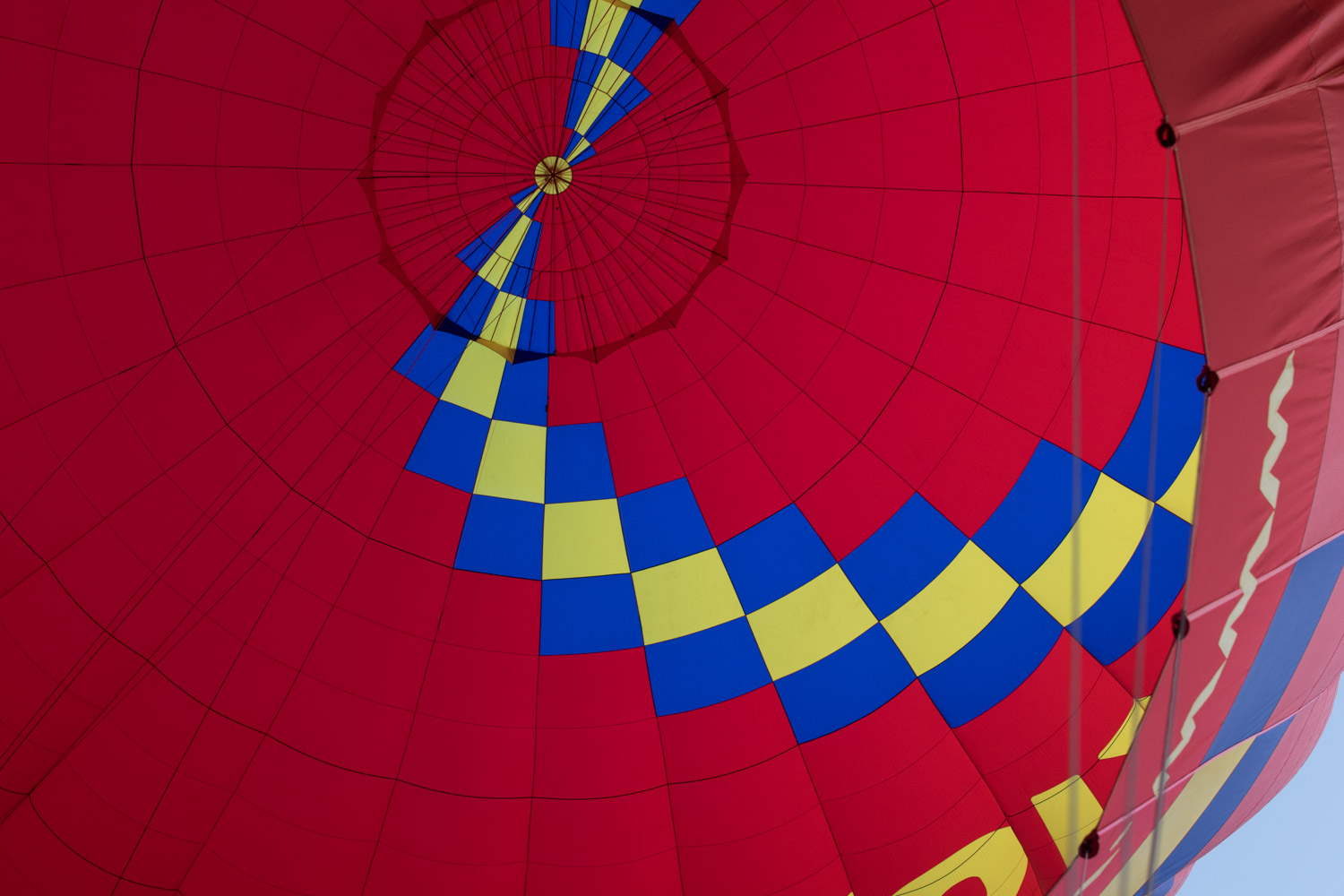


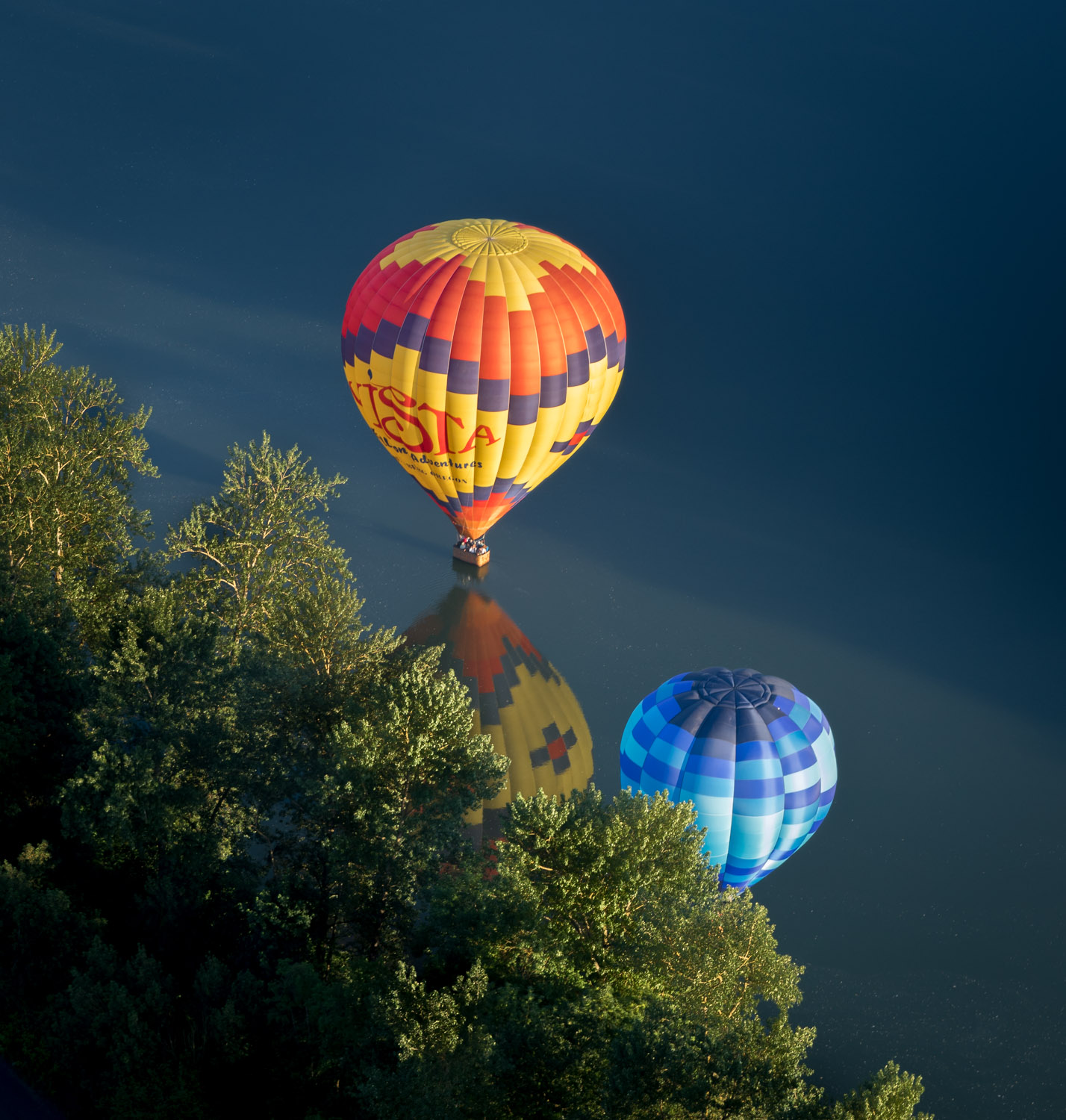


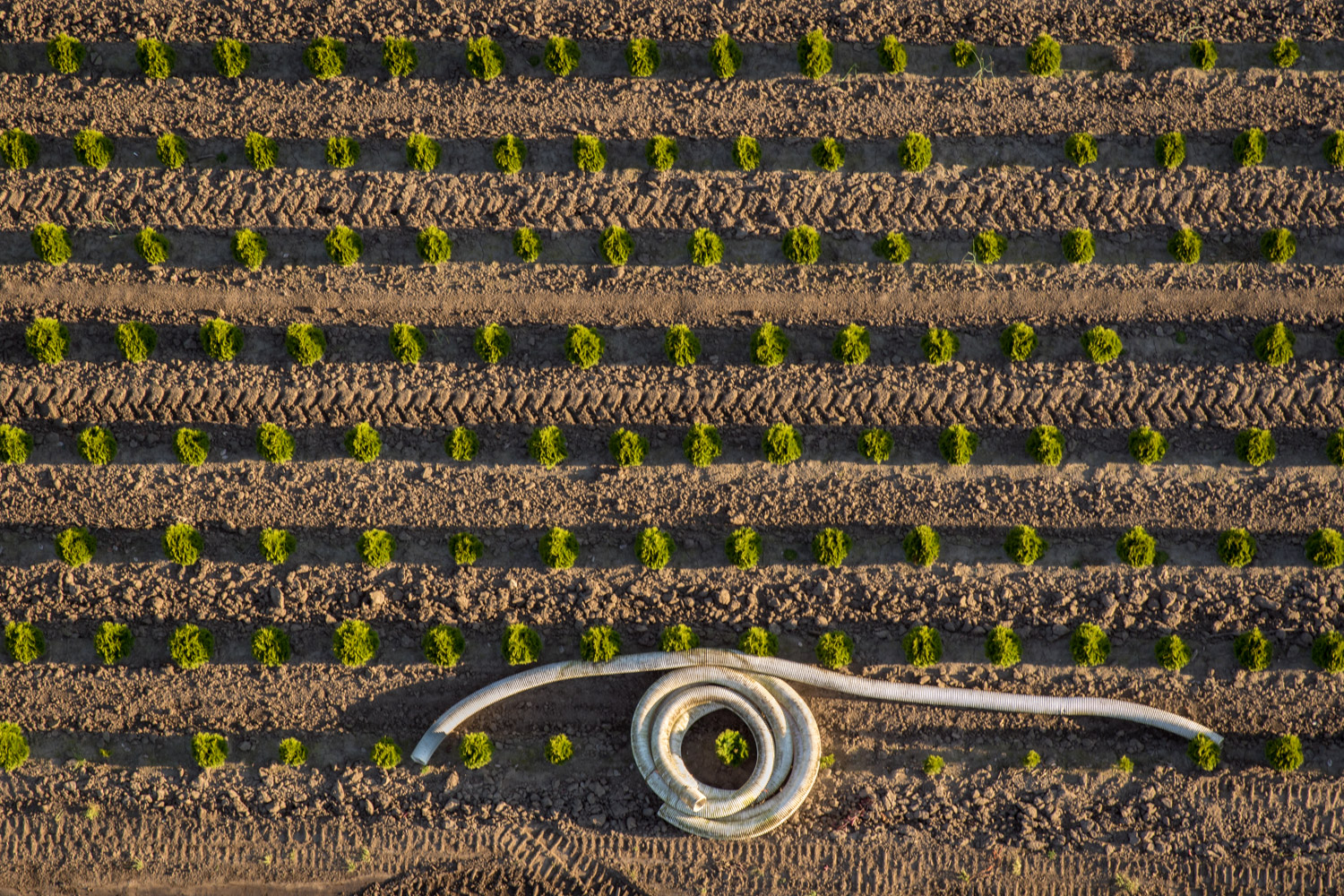

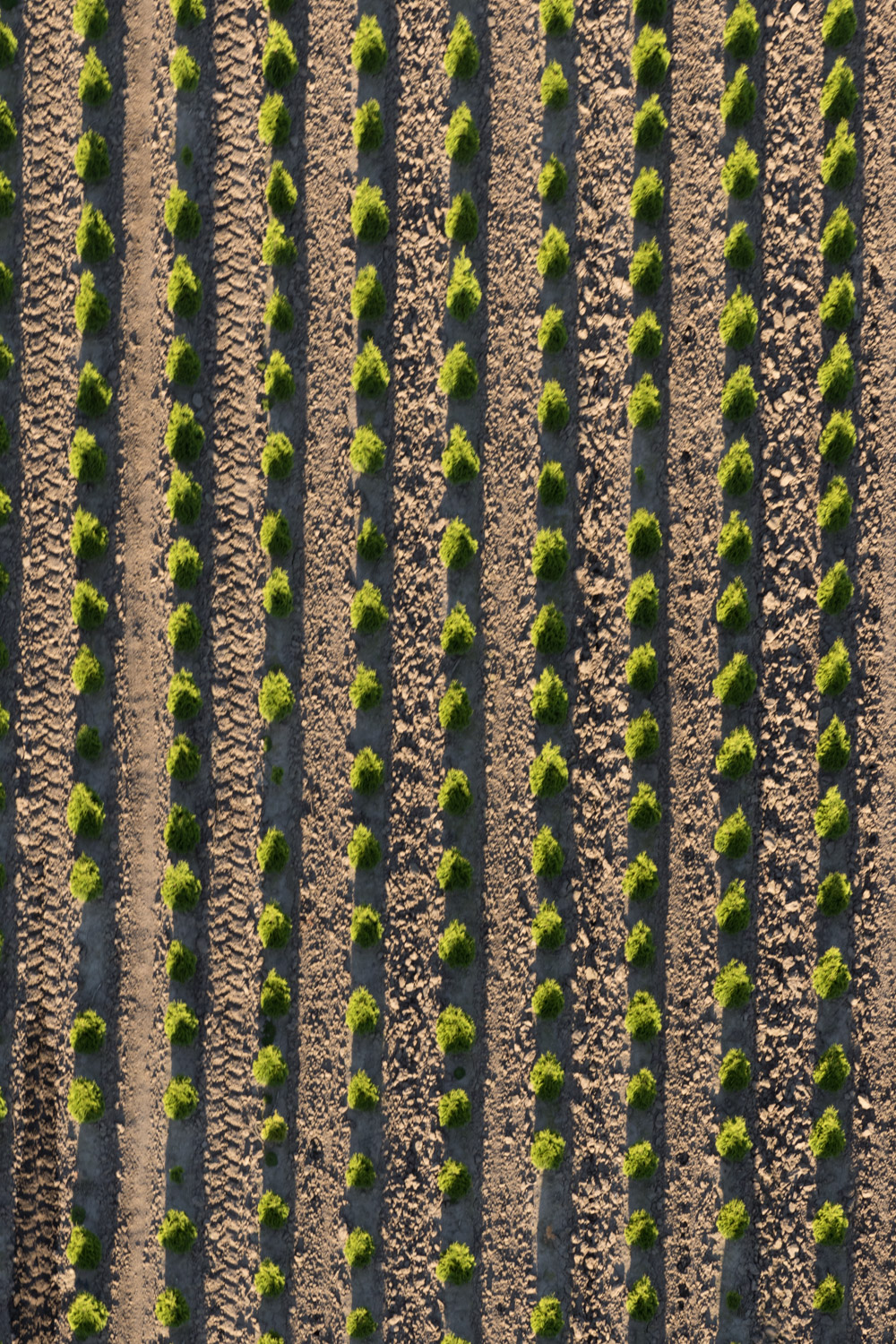
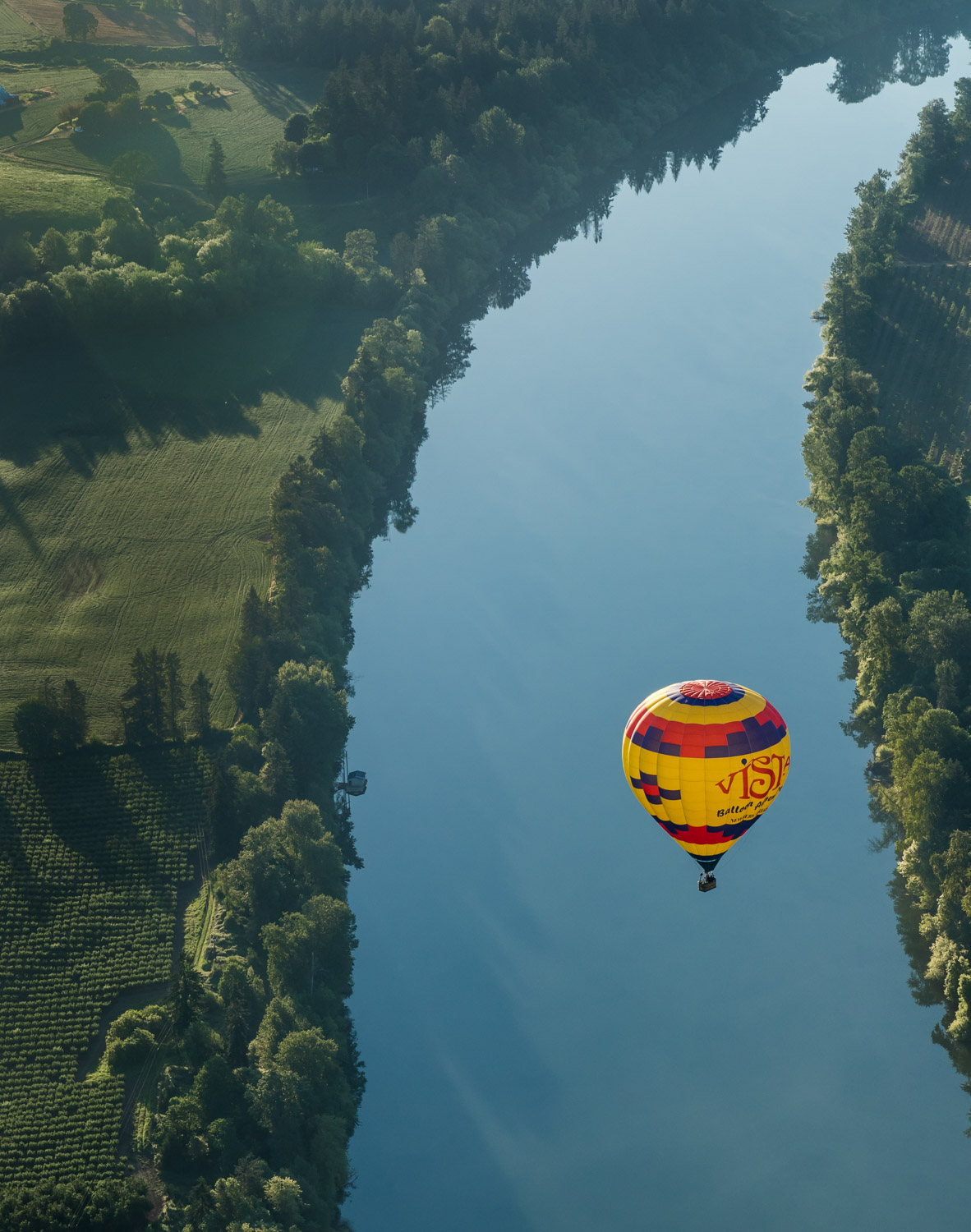
This is the 100th anniversary of the founding of the US National Park Service. So we decided to celebrate the parks by putting some of our photos from the parks together in a slide show. For this day and age it might be a little long at just over 7 minutes with credits. Or just long enough to enjoy your favorite beverage adult or caffeinated. Attached is a link to the HD version of the slide show on YouTube. We hope you enjoy the slideshow and enjoy and support our National Parks
On April 19, 1987 the last remaining wild condor was captured and removed from the wild. There were 22 condors still alive. Twenty-two. Behind the wire. The last passenger pigeon and the last Carolina parakeet died behind the wire. It looked like the California condor might suffer the same fate: an ignominious end to a species.
Fast forward to December 2015.
There are 435 California condors alive as of December 31, 2015. That's almost 20 times the population size in 1987. And 268 of those birds were in the wild, outside the wire. In California, there are 155 individual condors in the wild. If you travel to the wilds of central California you stand a chance of actually seeing one or more, outside the wire.
March 2016, found us on the road to Pinnacles National Park. We knew we would be in the heart of condor habitat, but would we see any? The first stop in almost any National Park Service unit is the fee booth, where we asked: "Seen any condors?" "They've been roosting in the evenings on top of that ridge above the campground." Cool. That evening we looked up at the ridge and saw a flock of large dark birds soaring on the currents. We're not sure how to describe seeing the wild condors flying about ½ mile away. They certainly were not attractive with their puffy, swollen red heads (adults), but they were nonetheless impressive in size, soaring on the thermals with their two flat, surfboard wings, decorated at the ends with long “fingertips”. Nearly twice the size of the turkey vultures they hung with; helping us comprehend the scale of these gigantic birds with their 8.5 – 9.5 foot wingspans.
We saw two more soaring high over the Park the next day as we hiked the peaks. We also encountered a biologist from the Pinnacles condor crew monitoring some of the individual condors' radio transmitters. We had a nice conversation with the man and we noticed other hikers also engaged him in conversation. The biologist was a good ambassador for the condor recovery program. He and his co-workers have much to be proud of. The recovery program is a triumph of wildlife management.
The next morning we were fortunate to see nine condors up close when they landed in trees a couple hundred feet beyond the campground. The first time they’d landed there according to members of the condor monitoring team who were also watching.
Later as we drove off we tried to settle on a word to describe the condors.
Playful - we watched their antics for over an hour while they warmed up in the morning sun.
Curious – which gets them into trouble picking up tin, lead bullets and other indigestible and poisonous human trash.
Social – picking at each other, pushing and pestering younger condors (with black heads) off the tree, and interacting in ways we could not interpret.
Clumsy - using their chicken-like feet, wings, and beaks to help climb the branches.
Ponderous - considerable effort to flap those oversized surf board wings to take off between protruding branches and other obstructions; a nine-foot prehistoric creature ascending directly overhead.
The best word to describe them –
Majestic -
... and outside the wire!
Birds. We like birds. We are not fanatical about it. We aren't even close. We know people who will drive several hours to see a rare bird. Okay we have taken the occasional trip to see new birds we haven't seen before but it isn't like we get all gooey and squishy inside when we hear there is a black-headed gull hanging out at some local dumpster. But still, we can get excited when a new bird shows up in the yard.
The other day it was an odd finch. Not odd as in: "Johnny Depp is an odd human". Odd as in: "You all aren't from around here now, are ya?" kind of odd. This wasn't our usual finch. It wasn't a goldfinch, not a house finch either. And it wasn't one of the large gaudy grosbeaks. So what to do about it? Dig into the bird books.
After multiple consultations of photos, drawings, paintings, descriptions of plumage, consulting range maps, examining bill characteristics, and some waffling we settled on an identification. A female purple finch had come to visit our feeders. Sure most people wouldn't care that a purple finch showed up with the house finches. Heck, most people don't even know that there is a difference between a purple and a house finch. And there's a Cassin's finch too? Whaaattt? Yet, if you are interested in the non-human part of the world, you probably find these differences fascinating. Darwin changed the world after spending time among the finches. One of our bird apps says in North America there are 89 species of the family Fringillidae (the taxonomic family finches belong to). We also learned that a group of finches is called a charm. Seems about right.
Female purple finch
American goldfinch
House finch
Evening grosbeak
Pine siskin
"Did you hear? The Turners changed their website"
It was time for a revision. Sometimes you just don't like something so much. Maybe you finally outgrew that boy band. Maybe you got tired of bell bottom pants or maybe it was time for a new paint scheme in the house. Maybe you have a new shiny toy you really like.
So we have revised the photography section of this site. Basically, we had some newer photos that we felt were worth sharing. We also wanted to get our favorites from 2015 into one place. Out with the bell bottoms and on with the new paint.
Sure, change can be hard. Maybe you really liked that boy band. Hopefully, you can find new favorites here. (No new boy bands though.) Please, if your favorite photo is gone send us a comment with a description of what is missing. No promises, but maybe we will put it back up. And who knows, maybe we will get something even better up soon. So come on back often. You never know what might be added.



